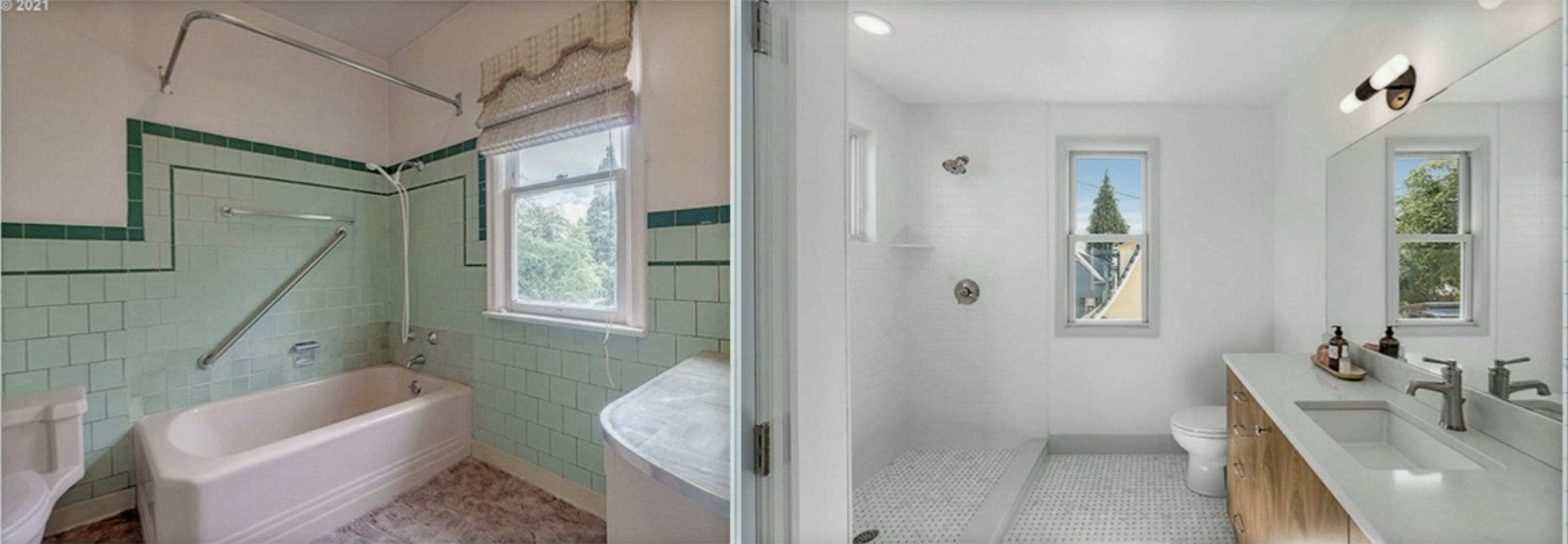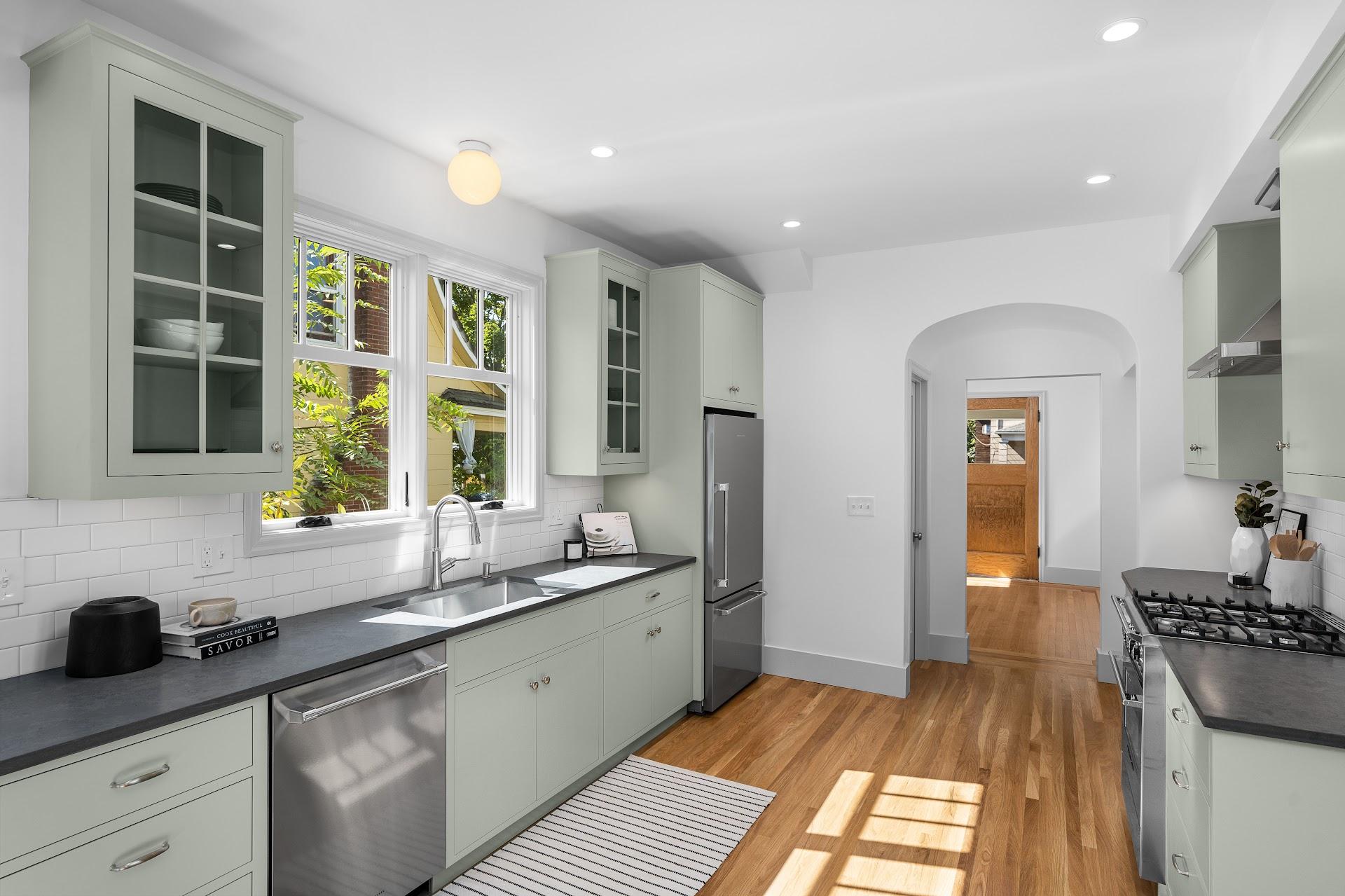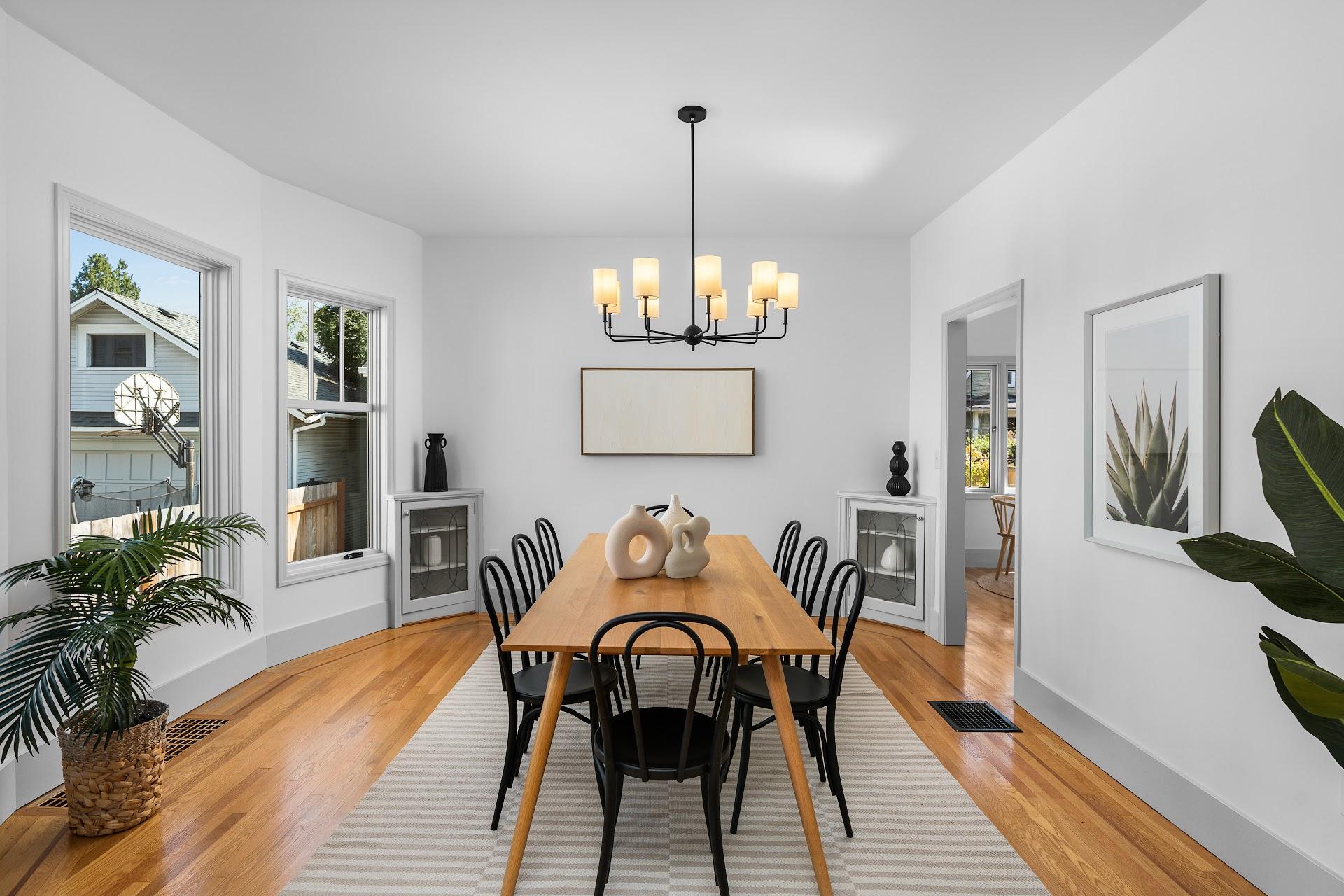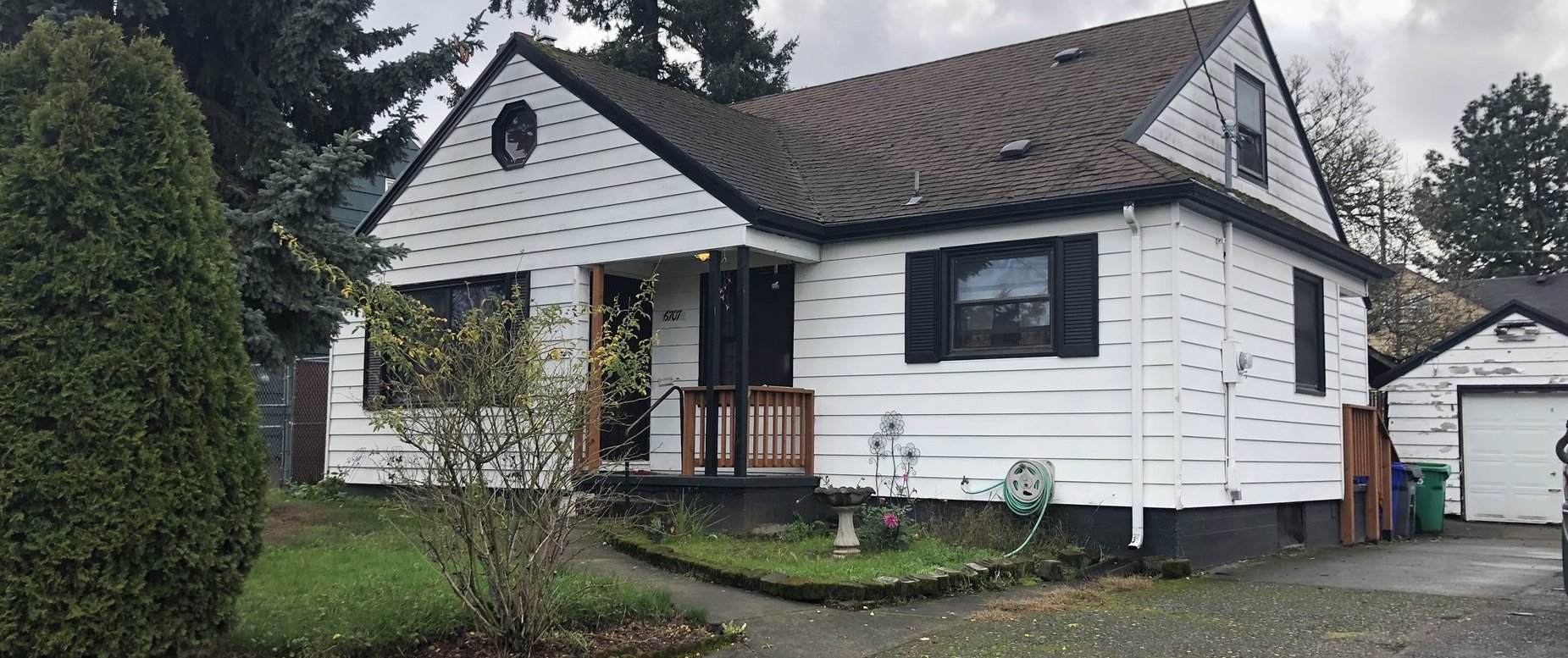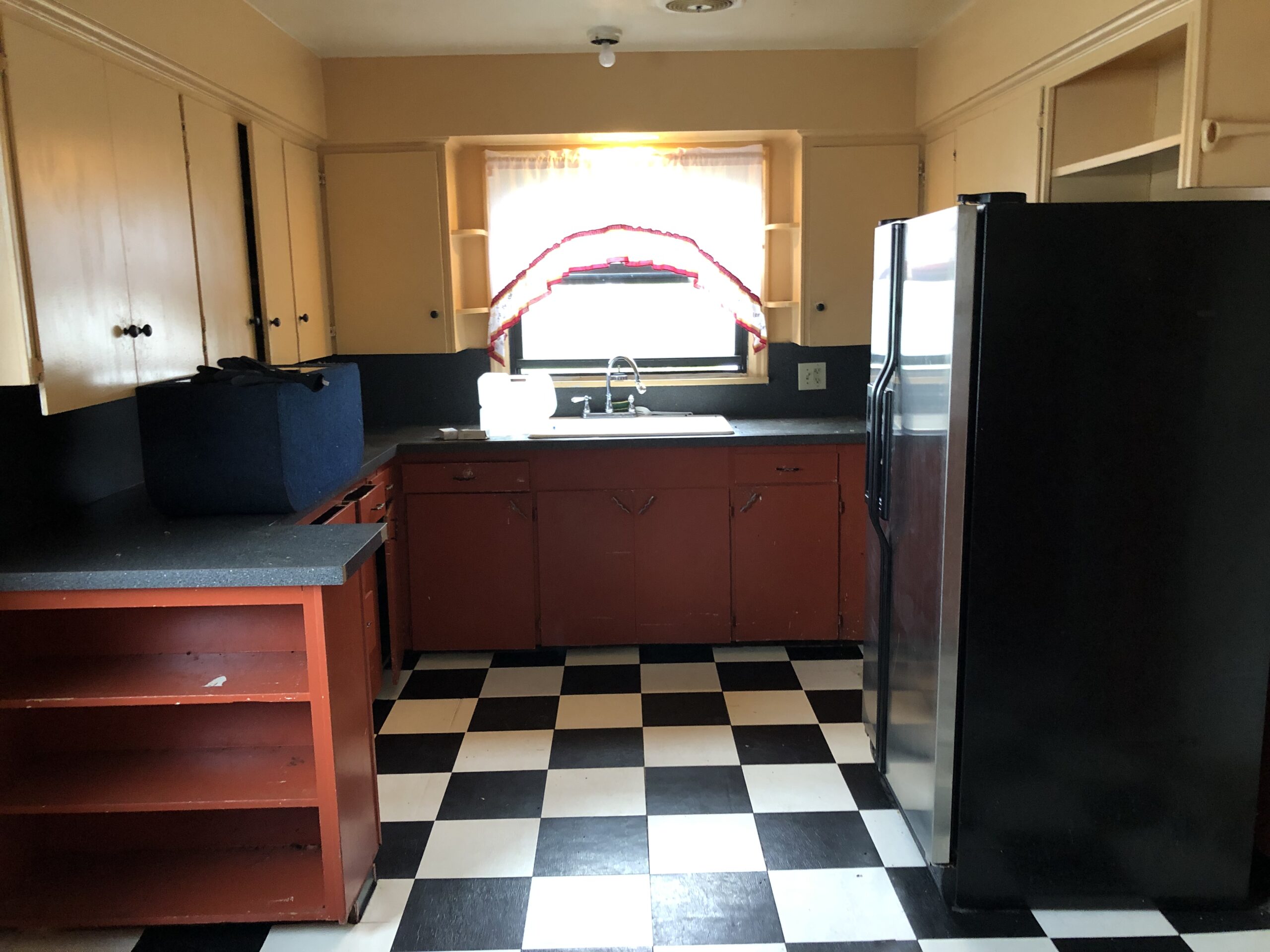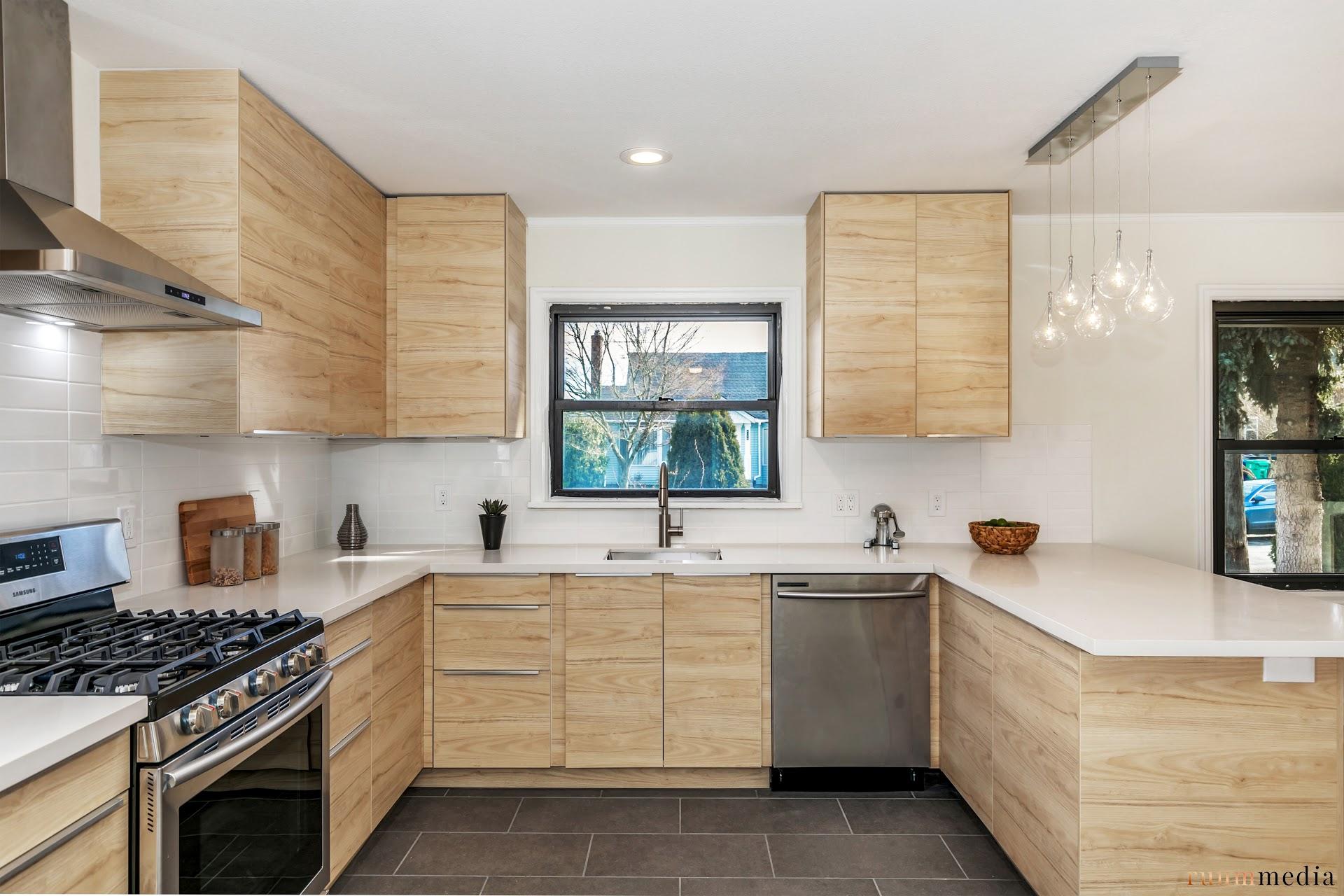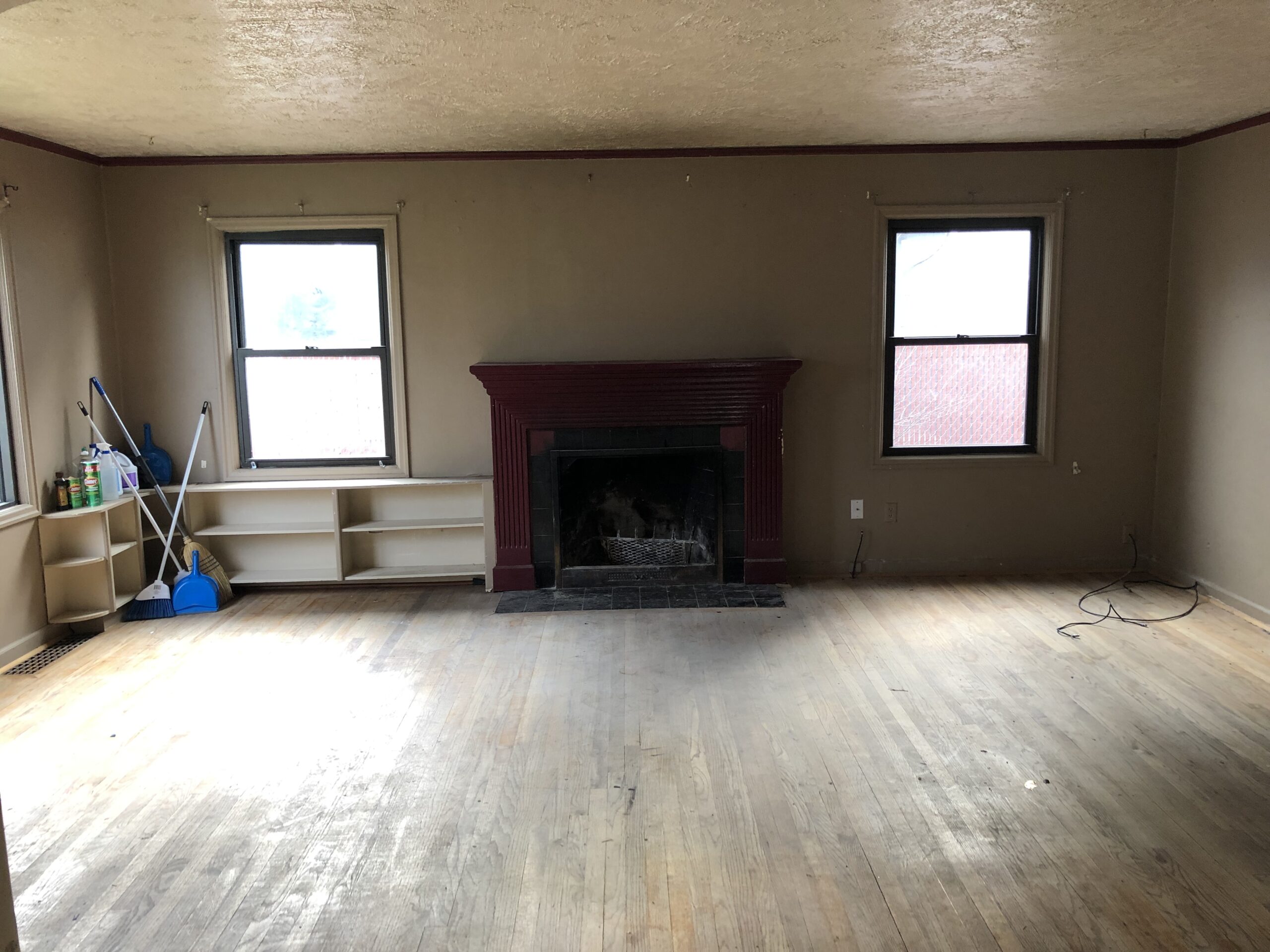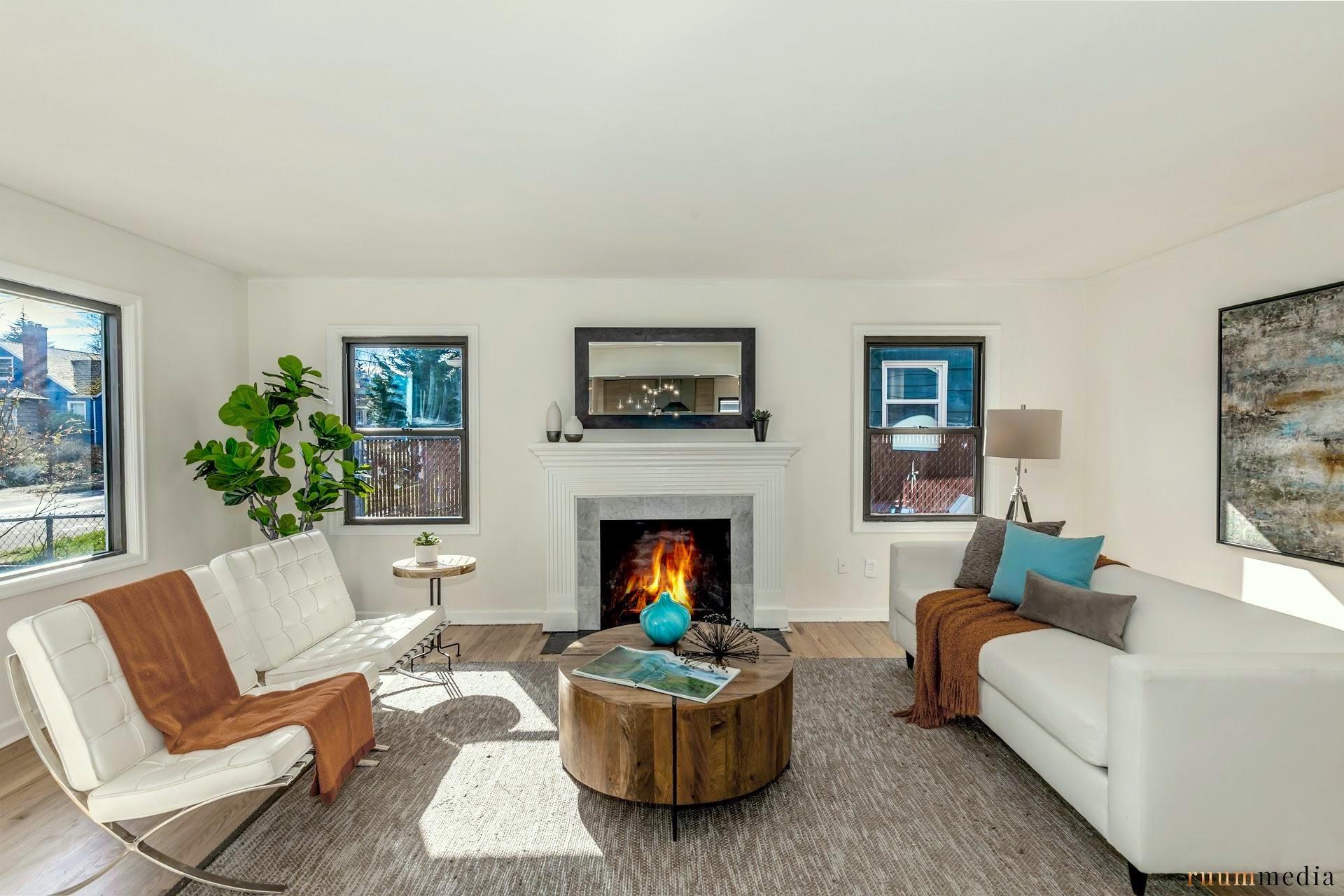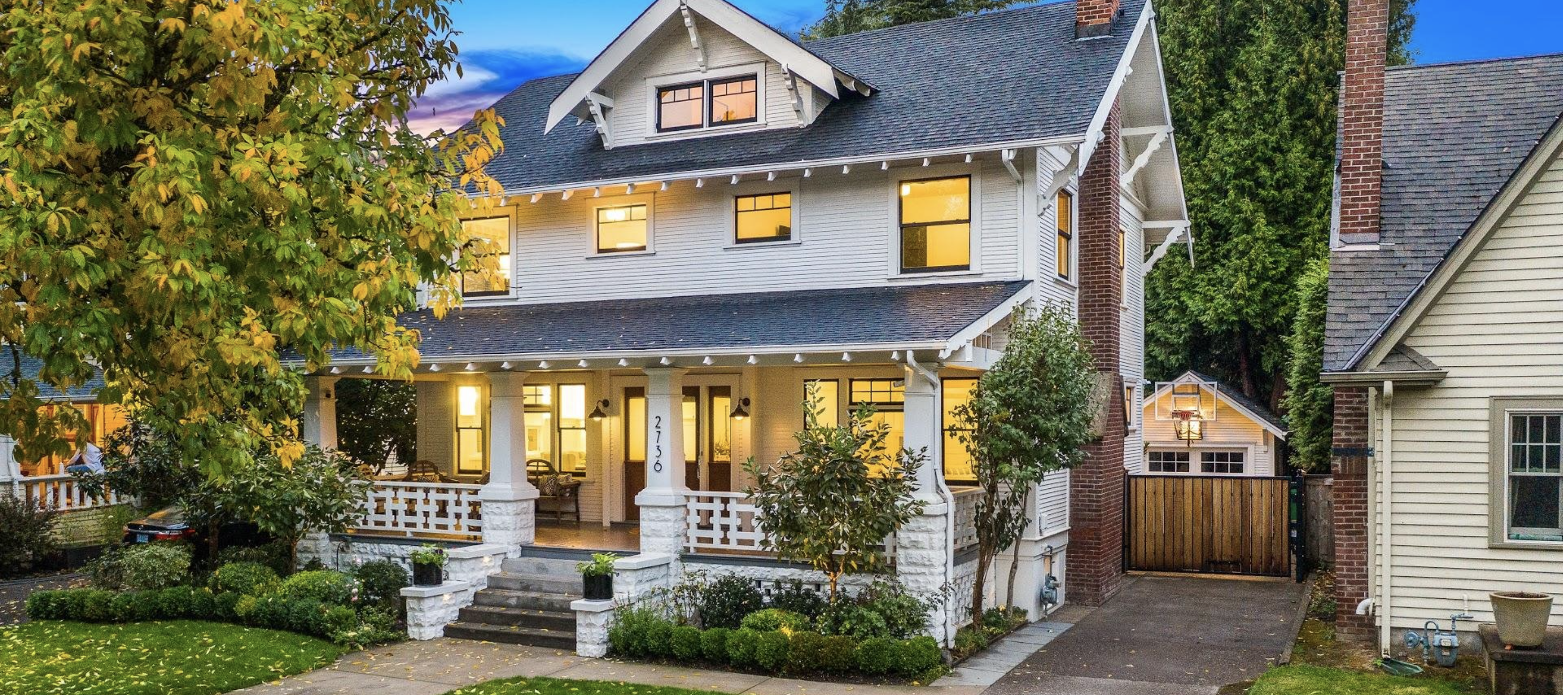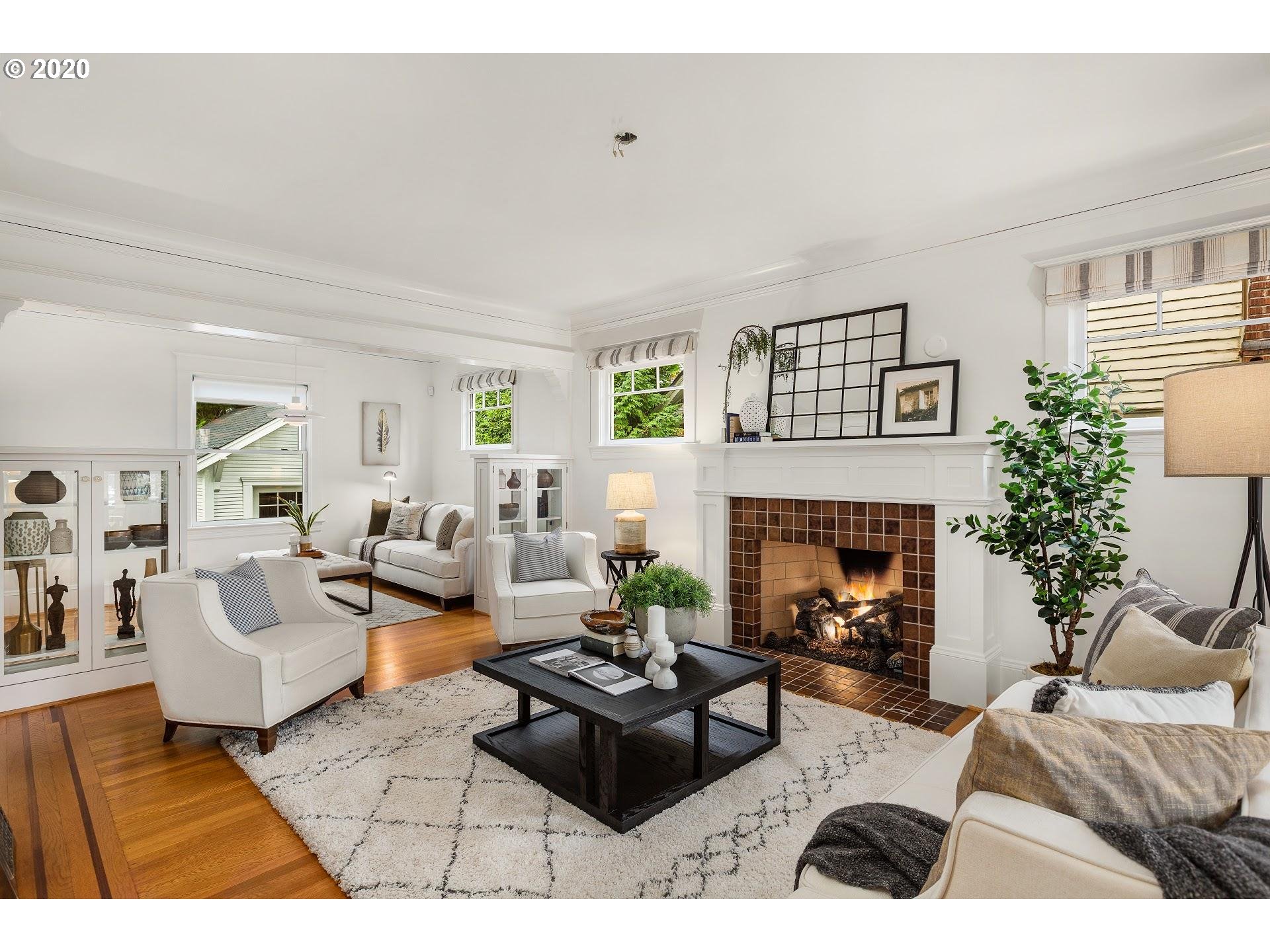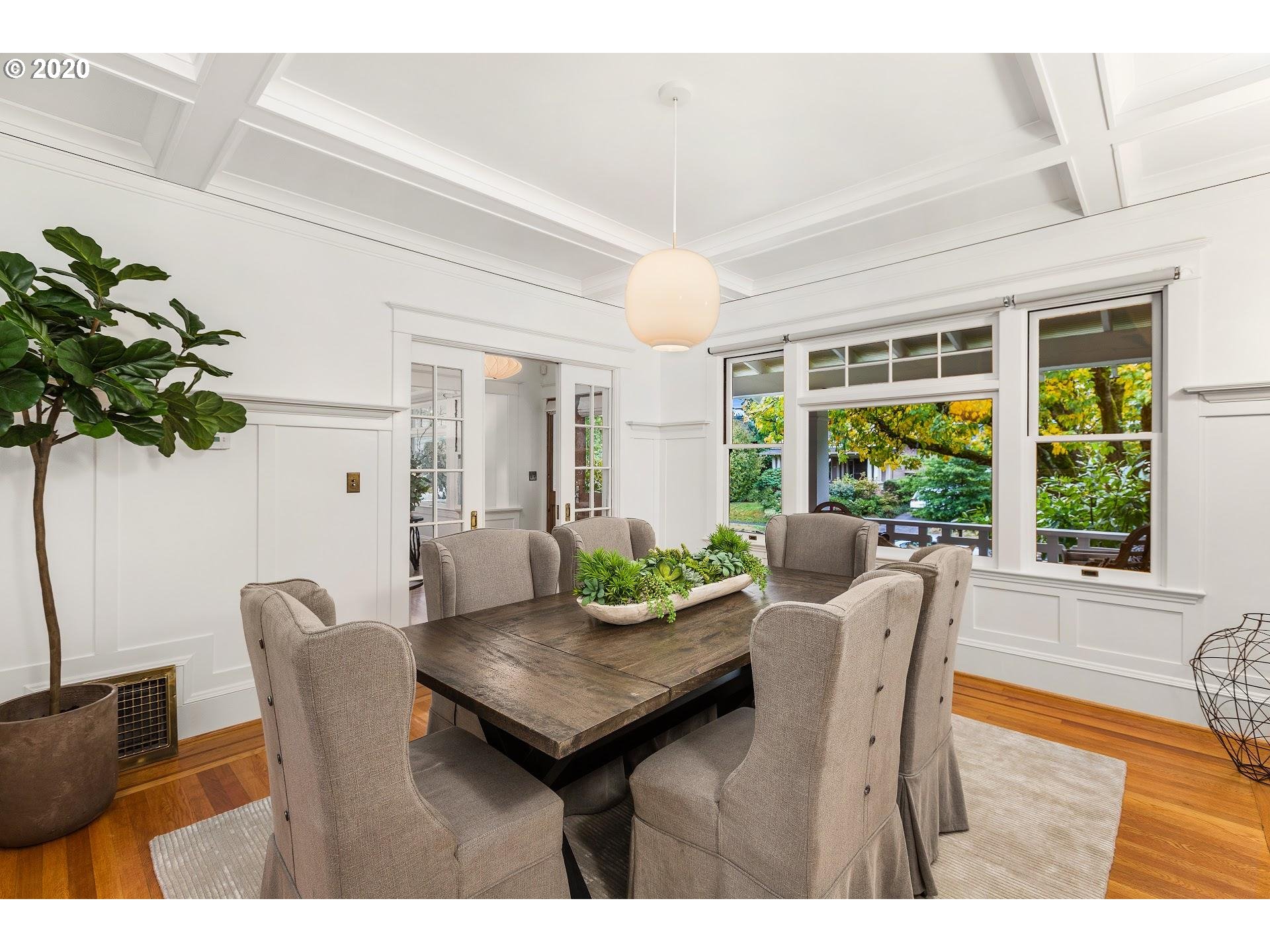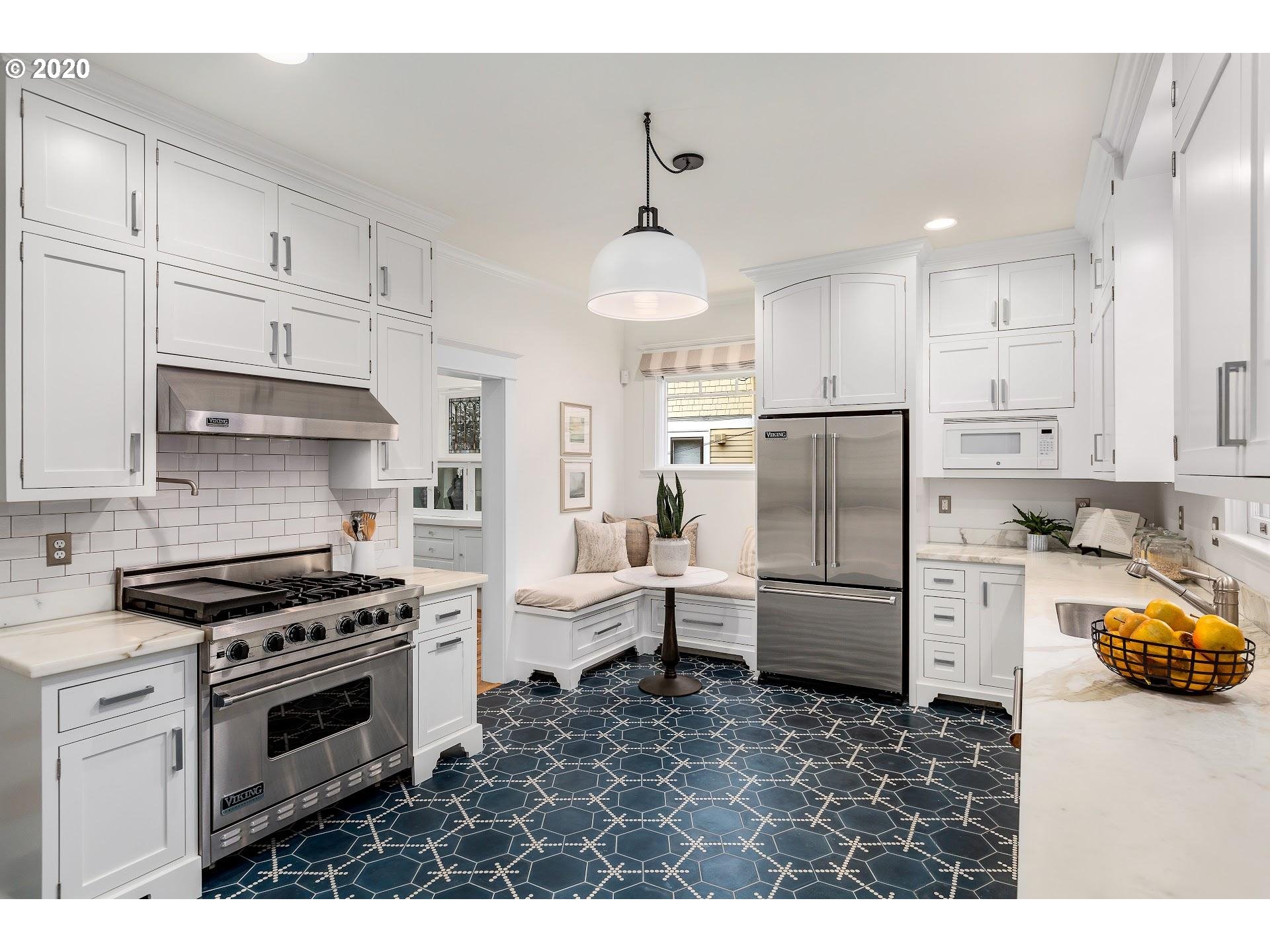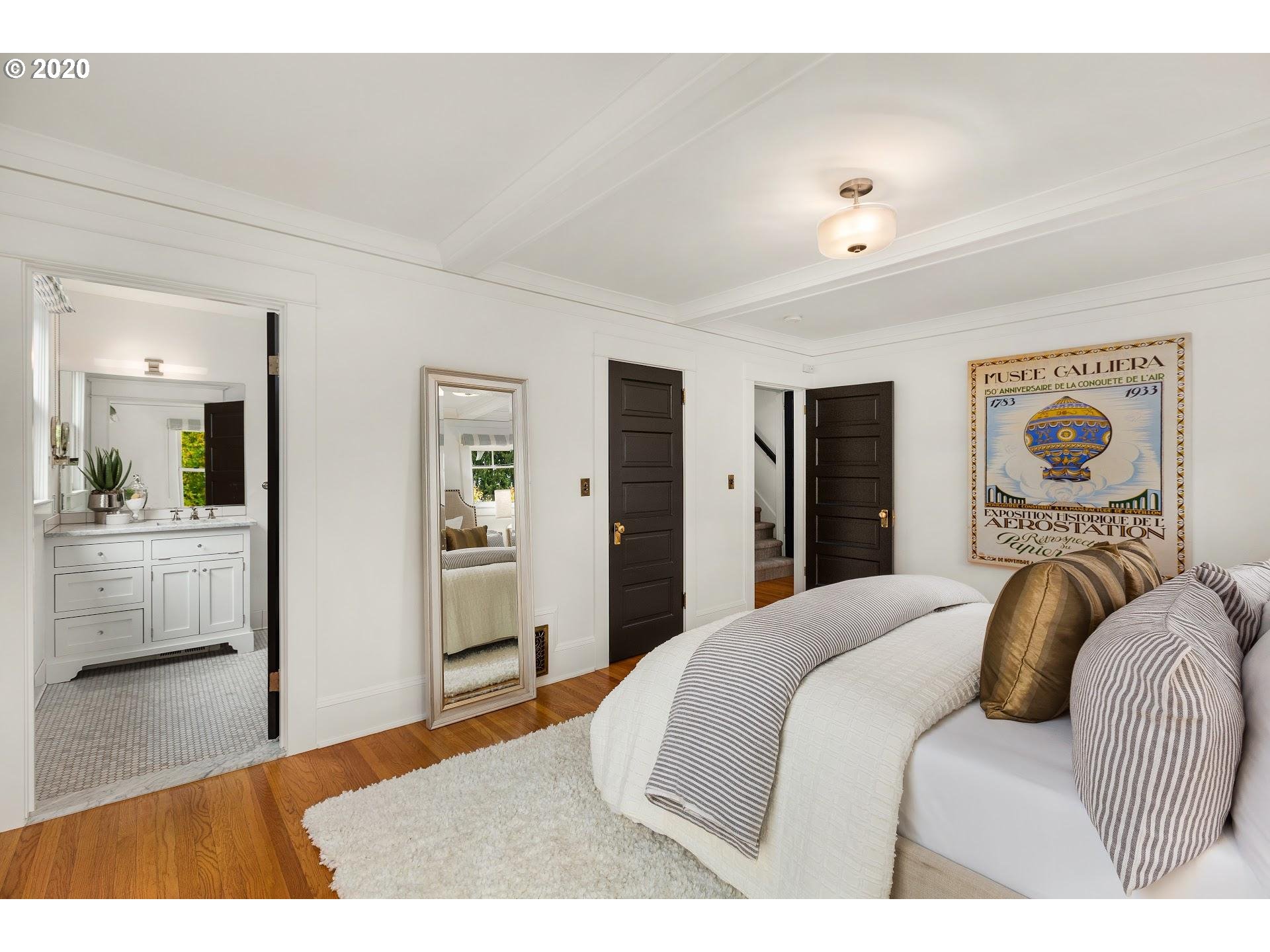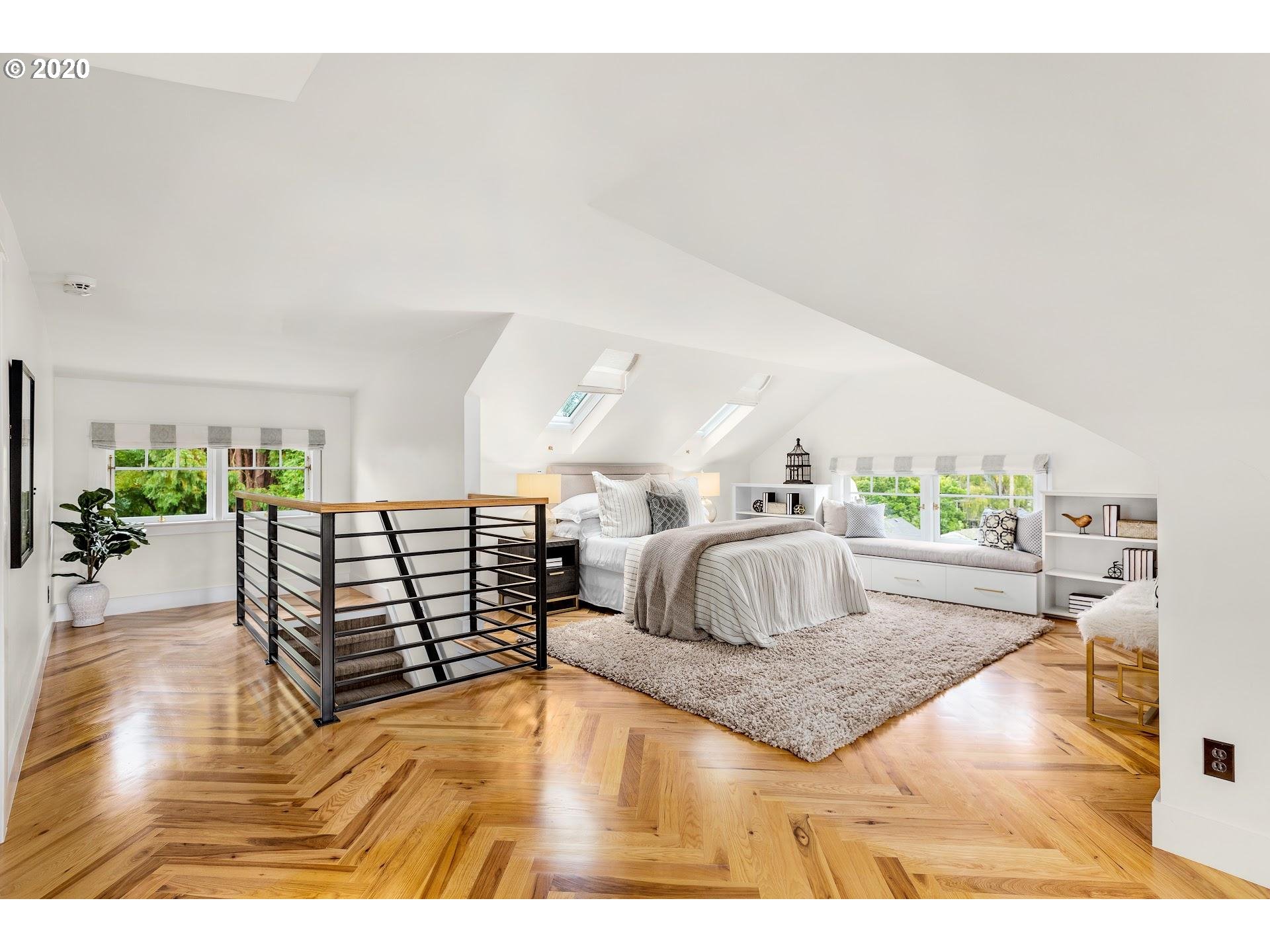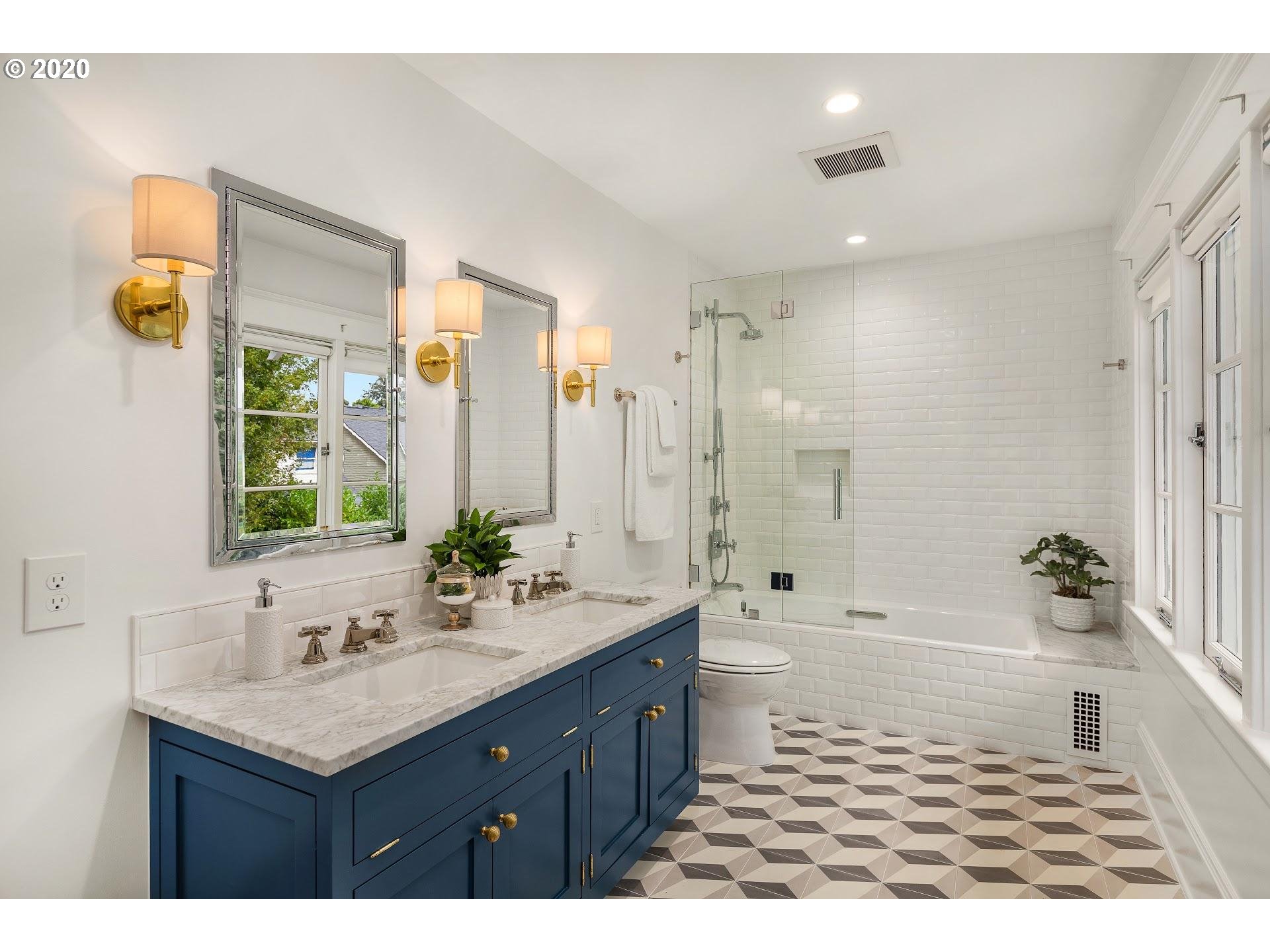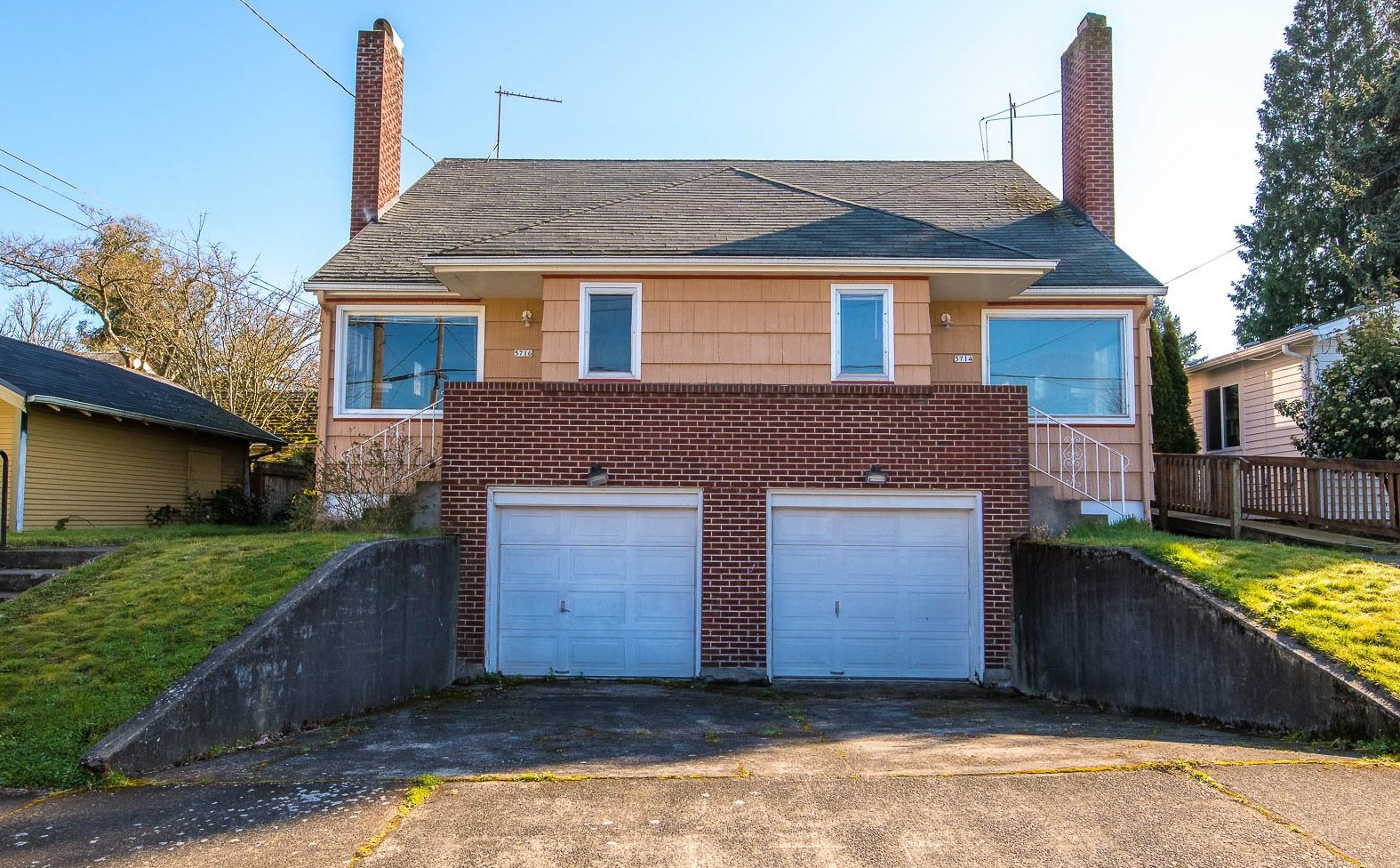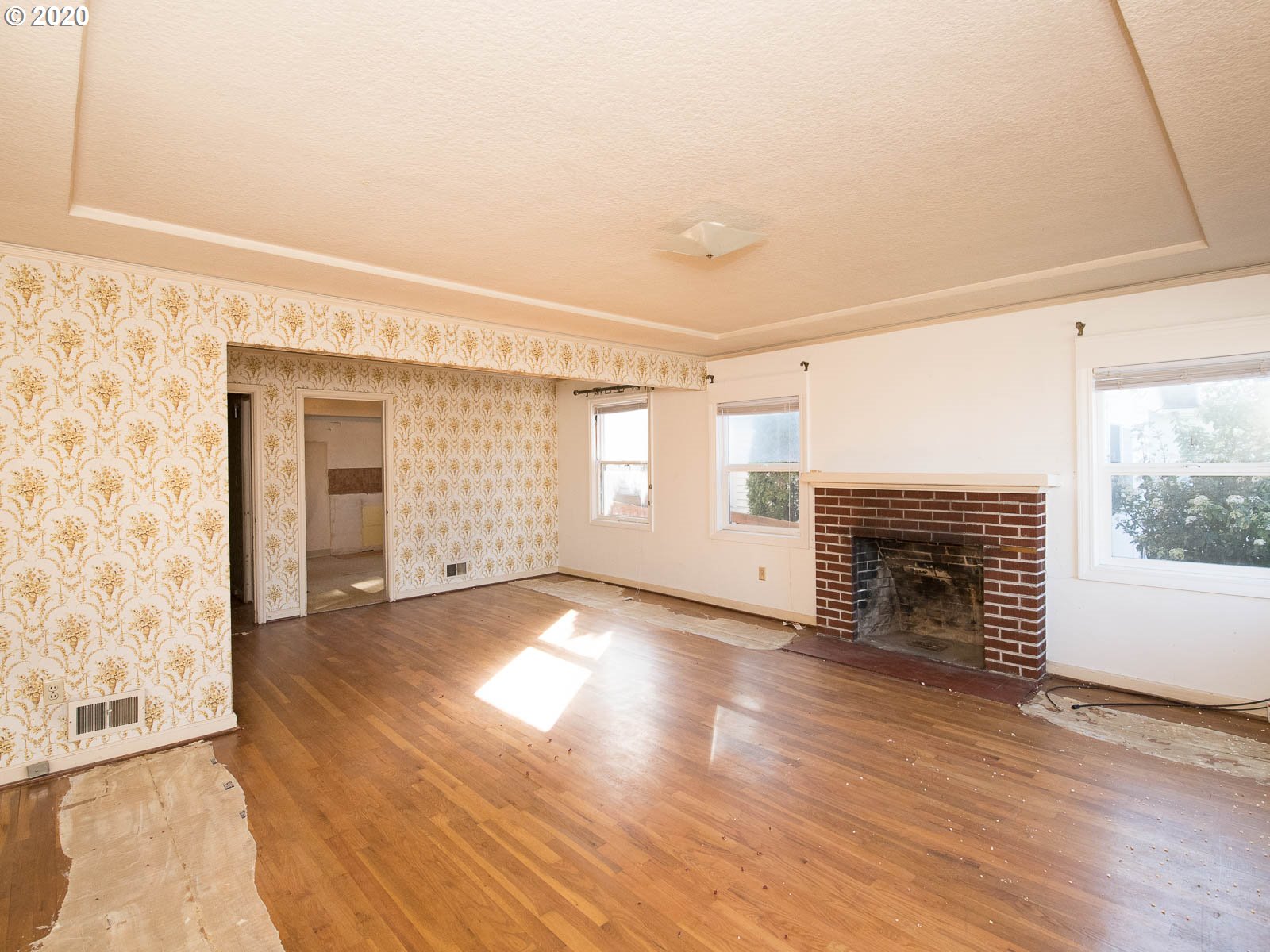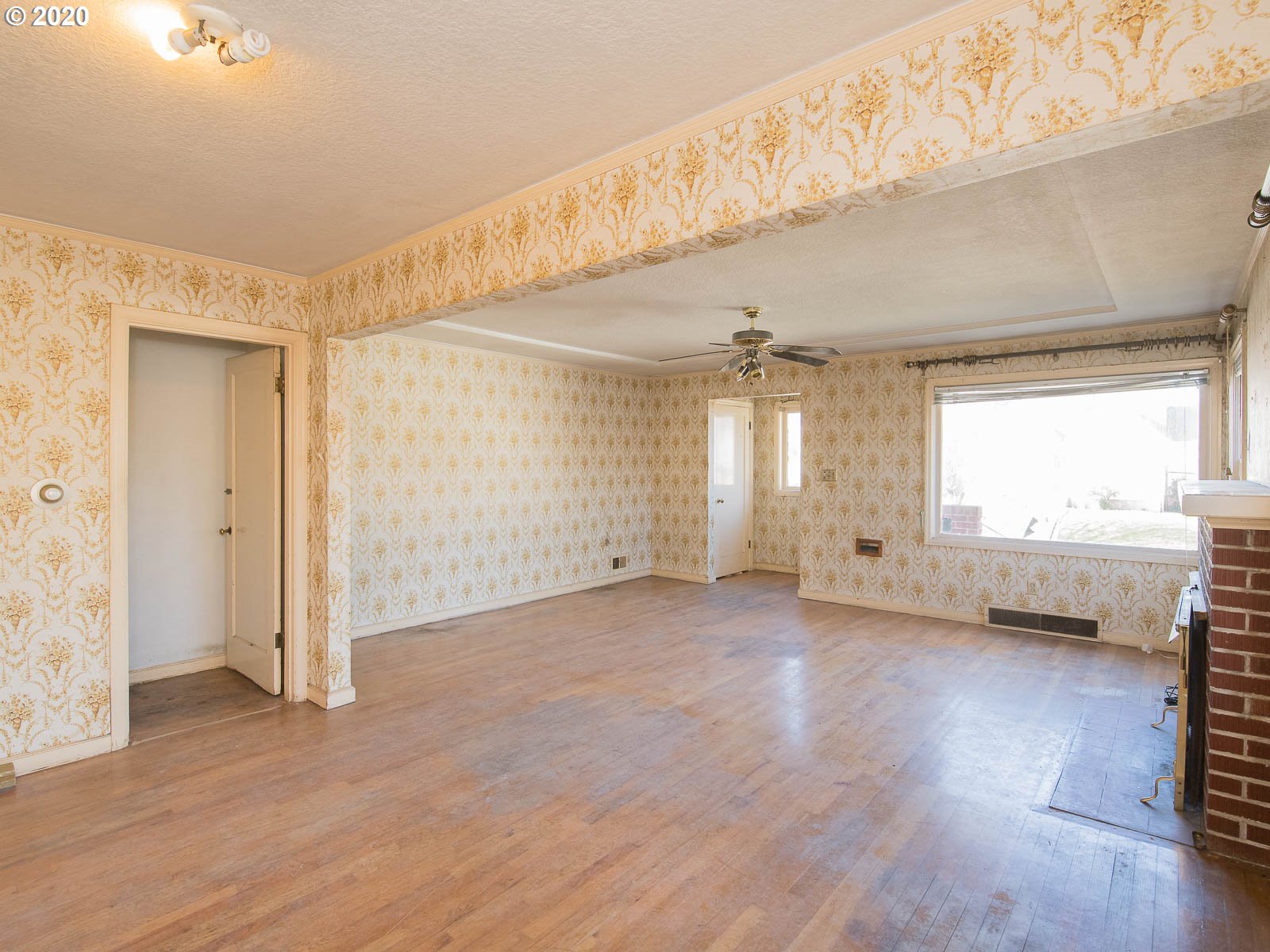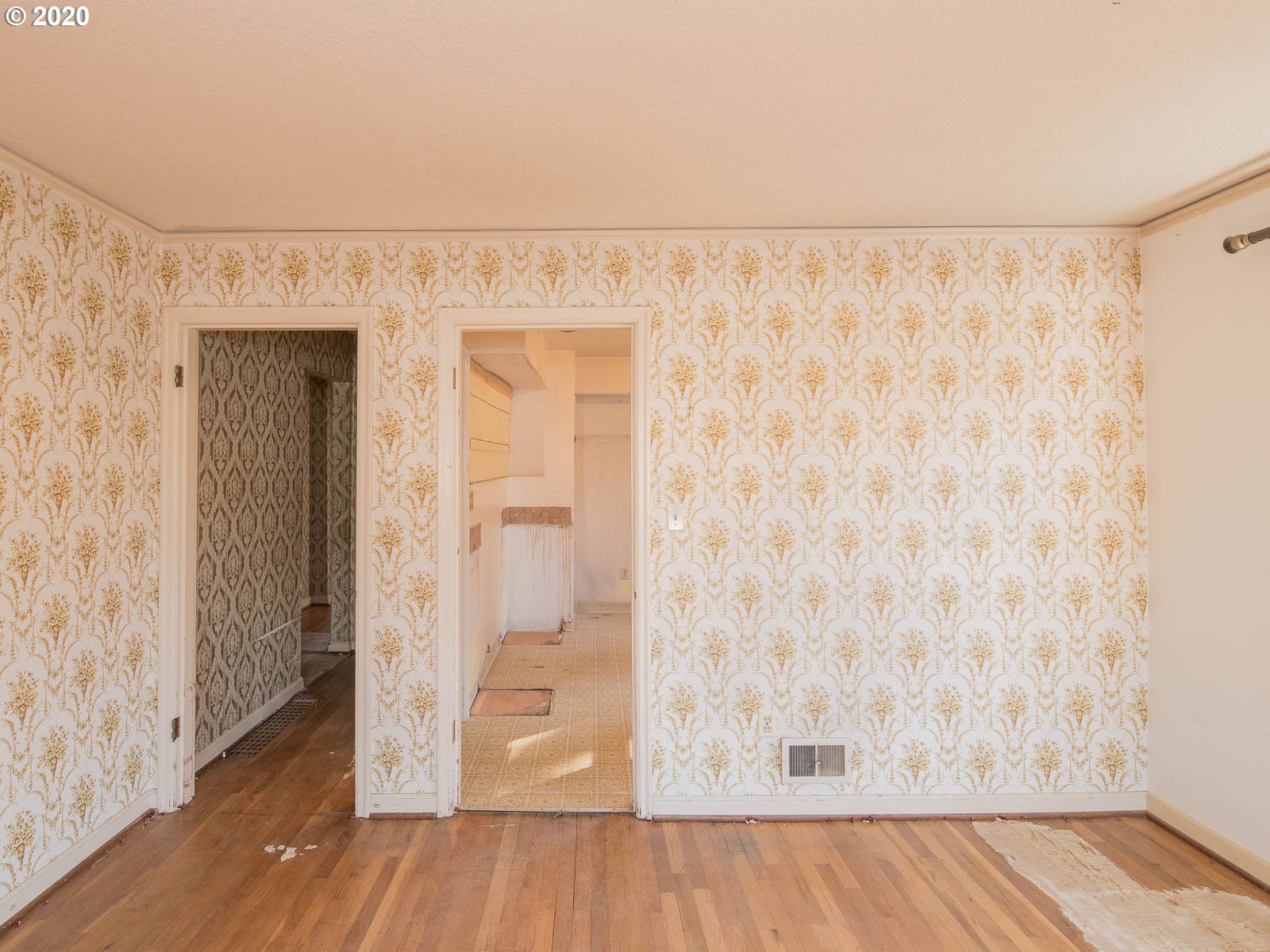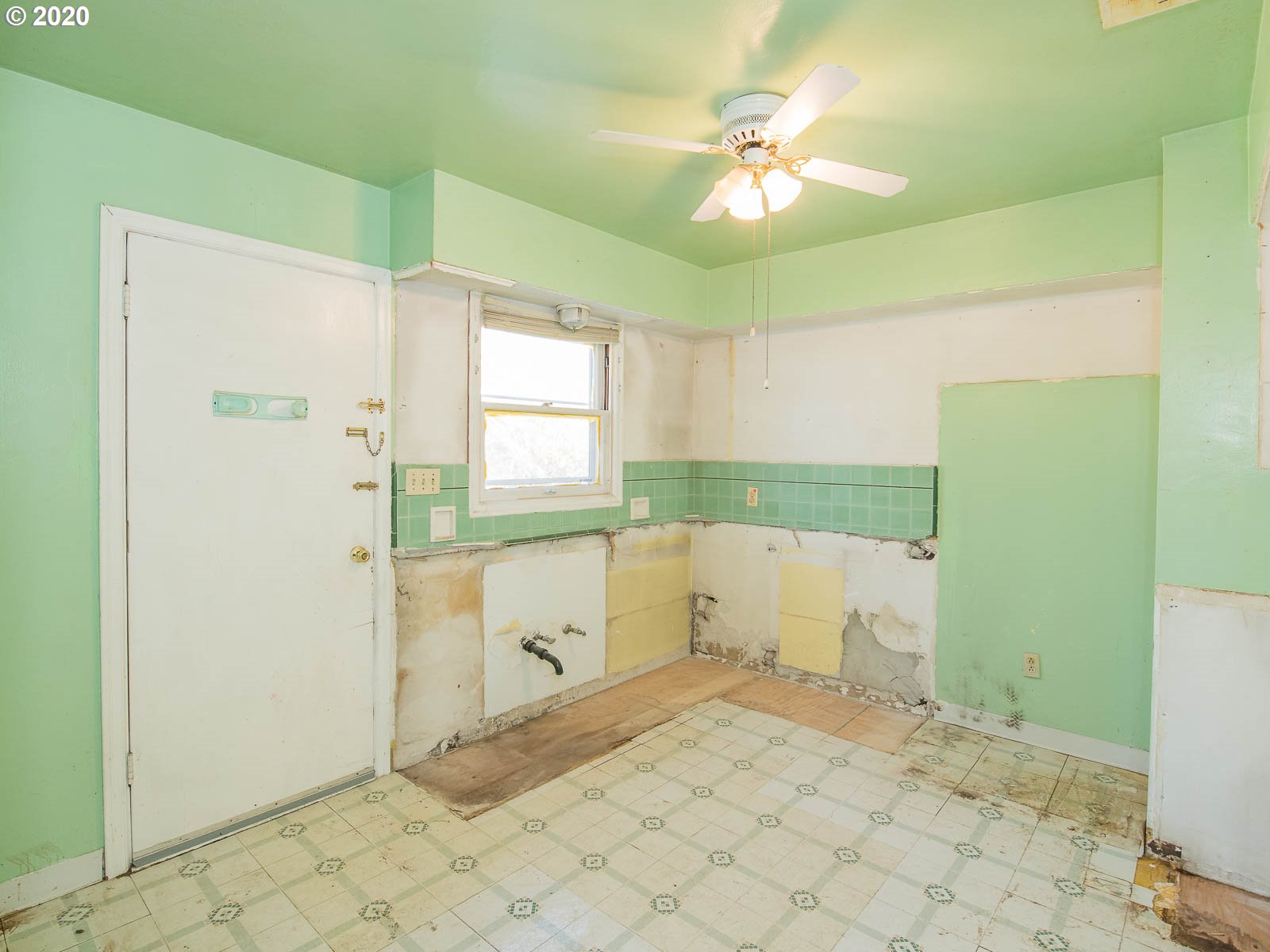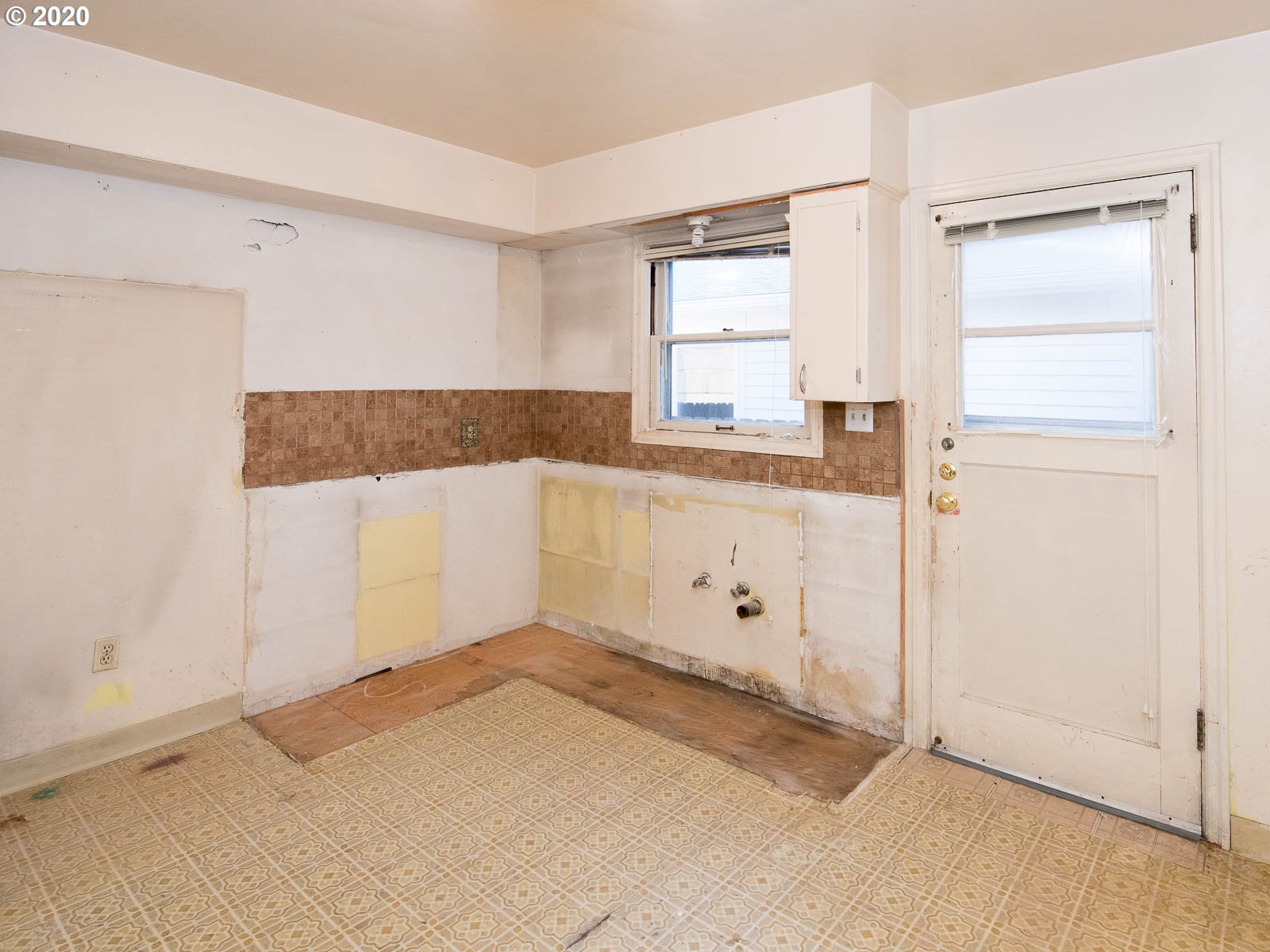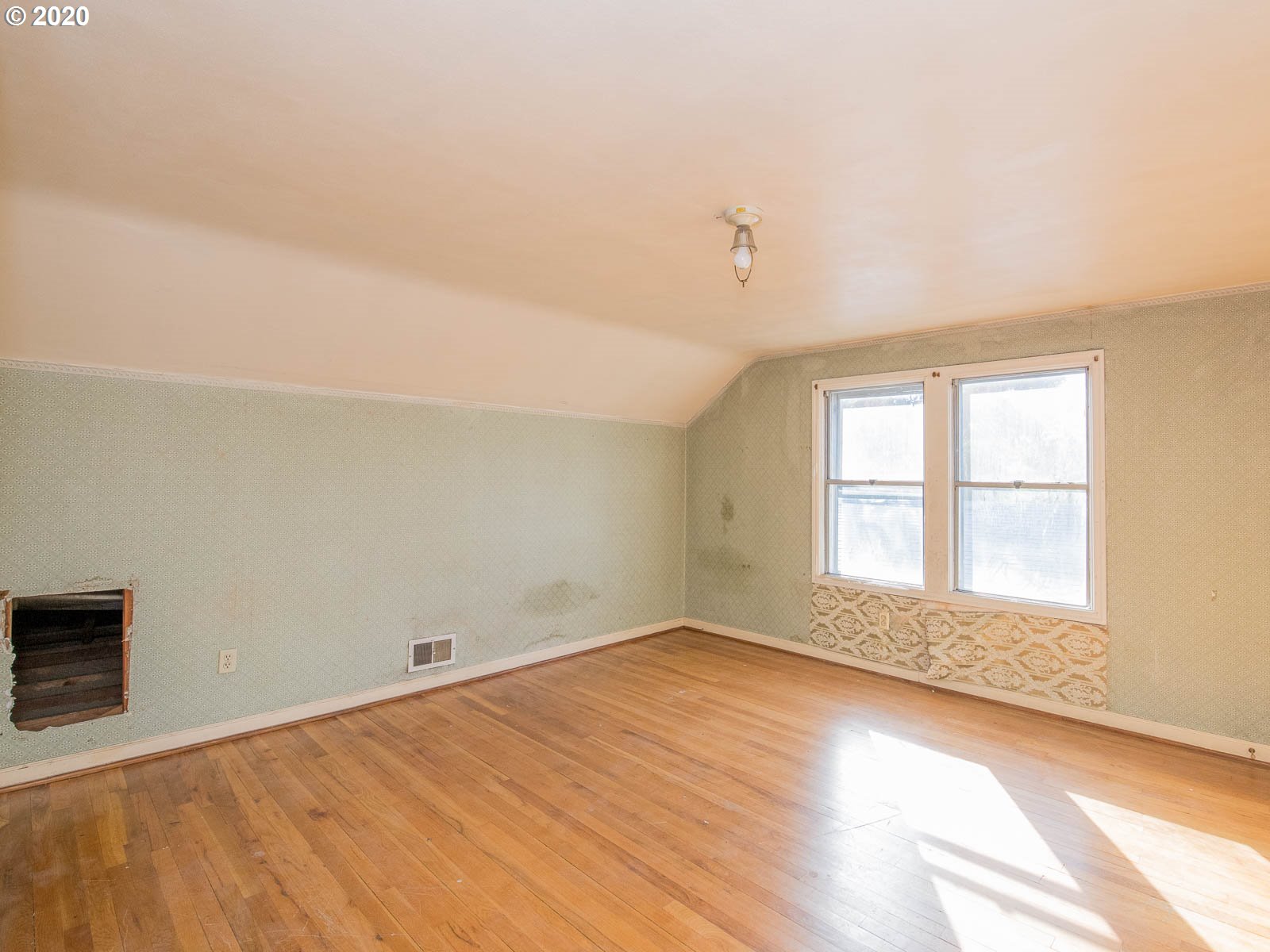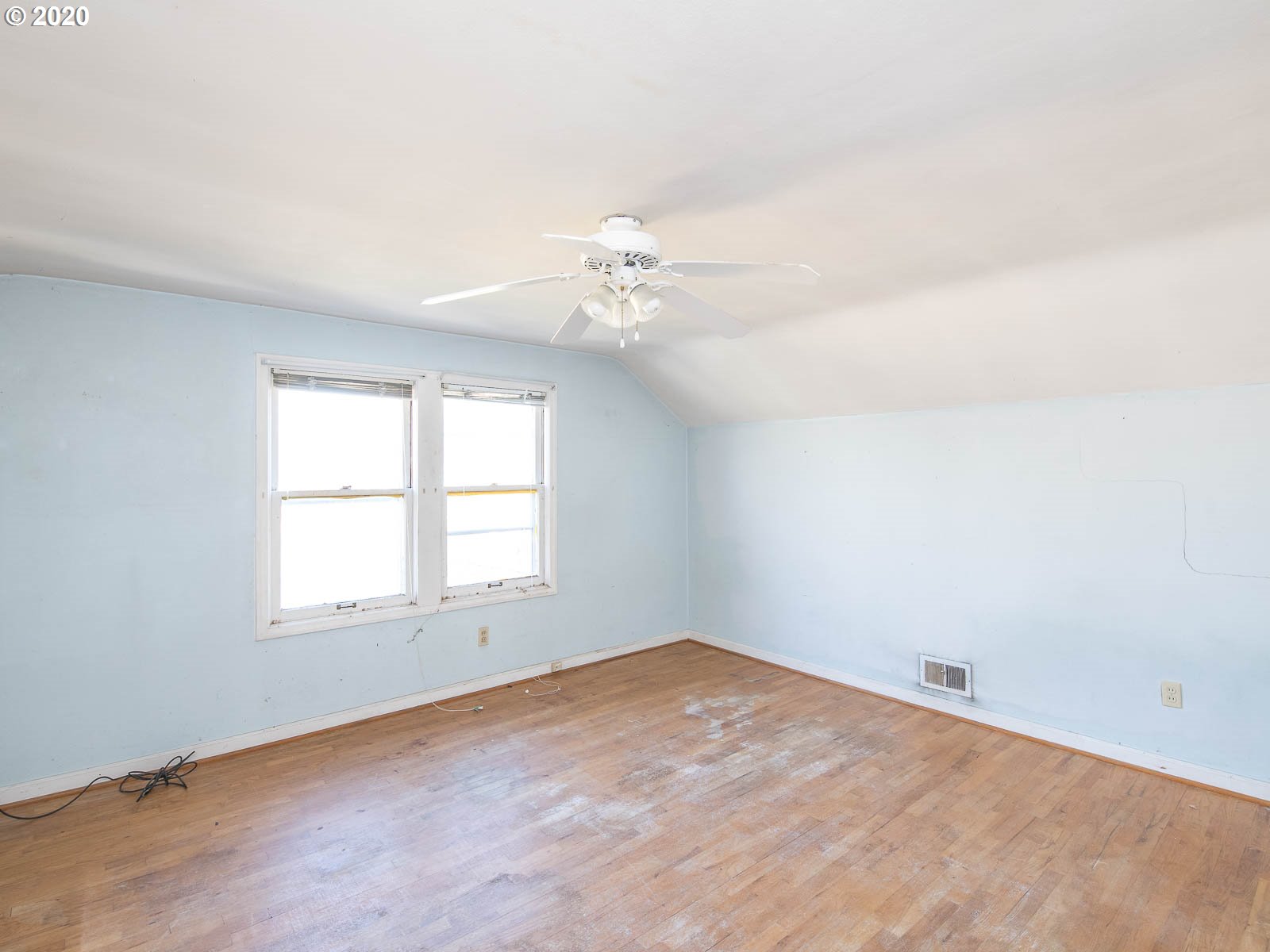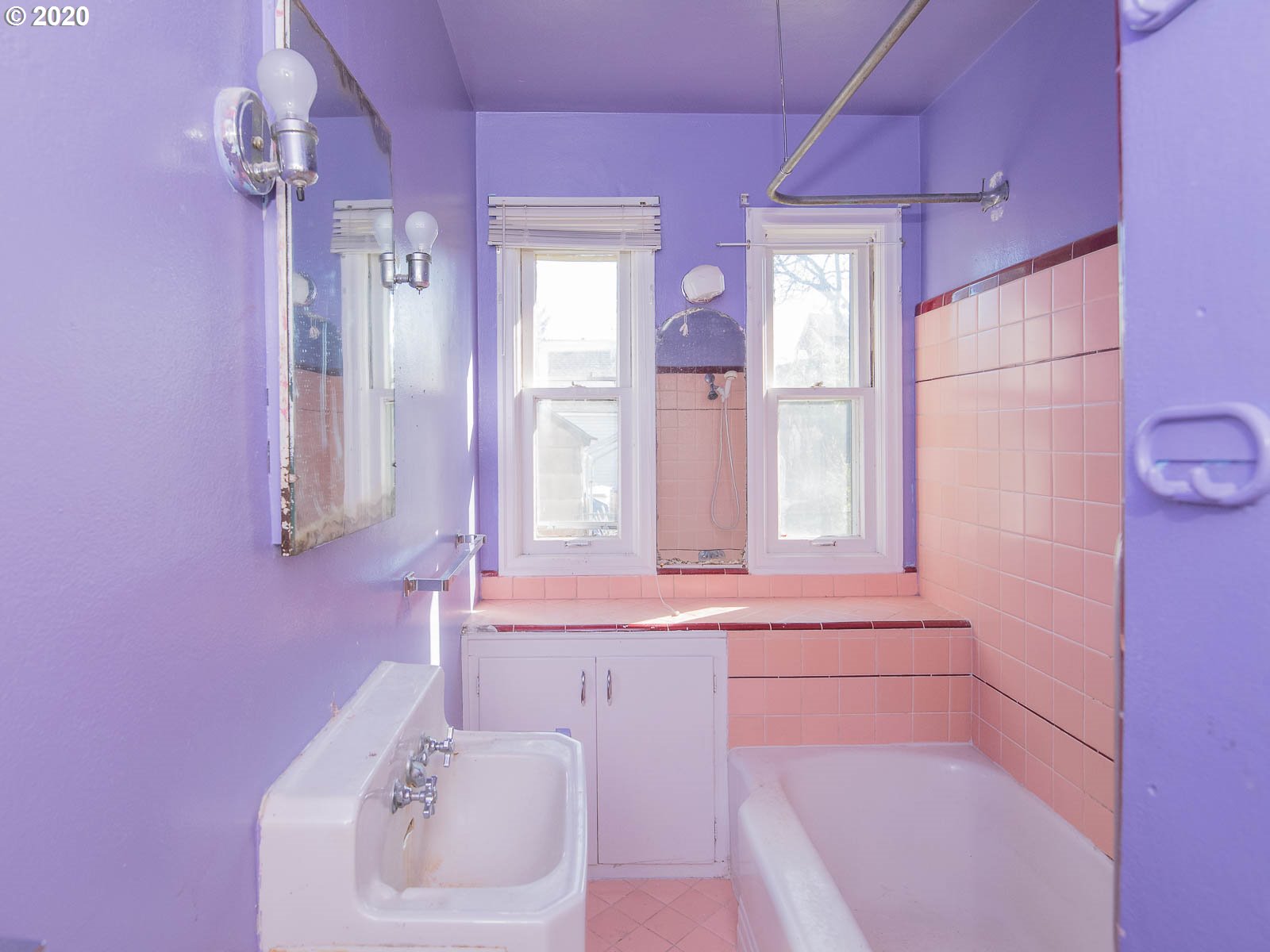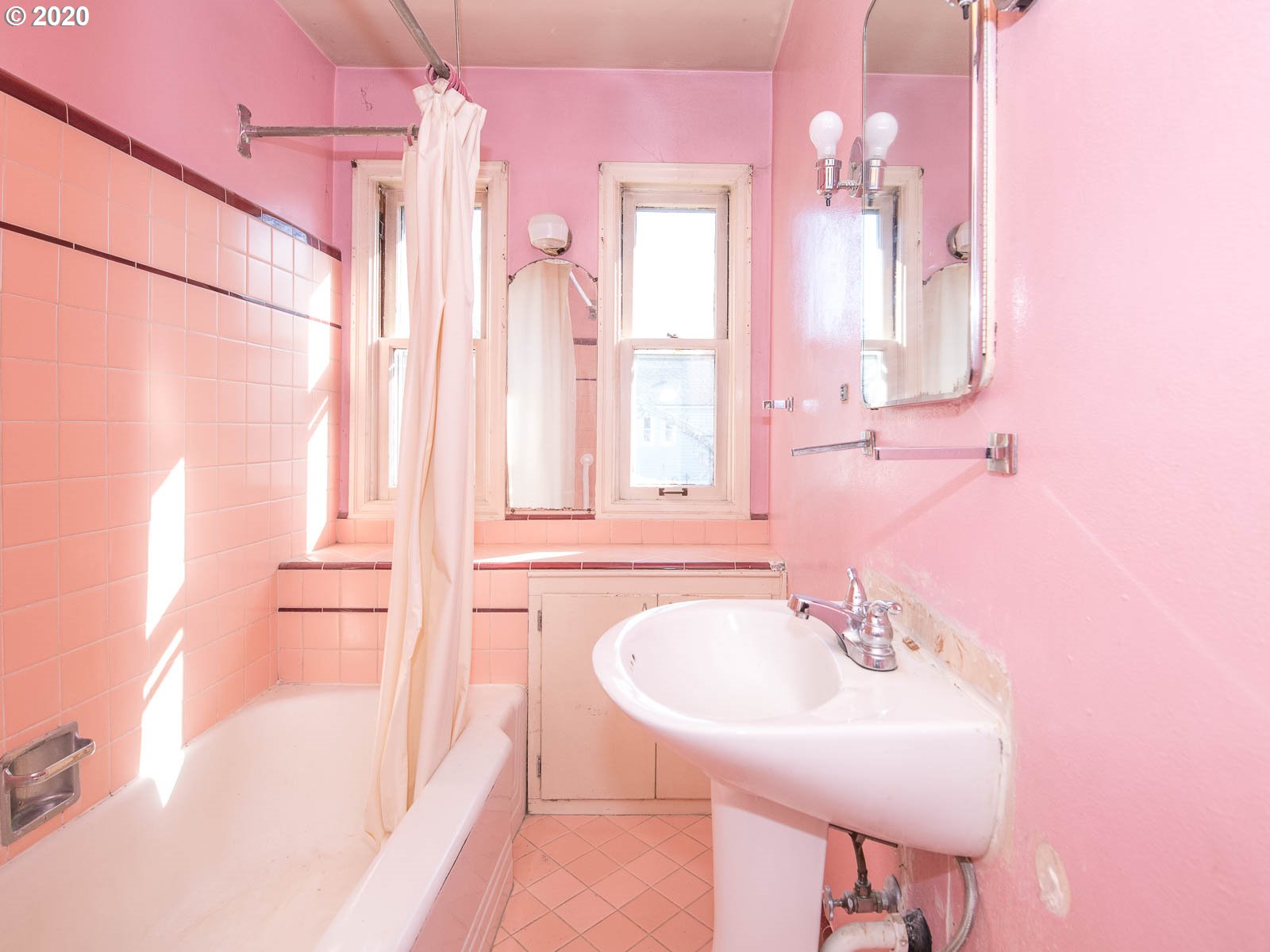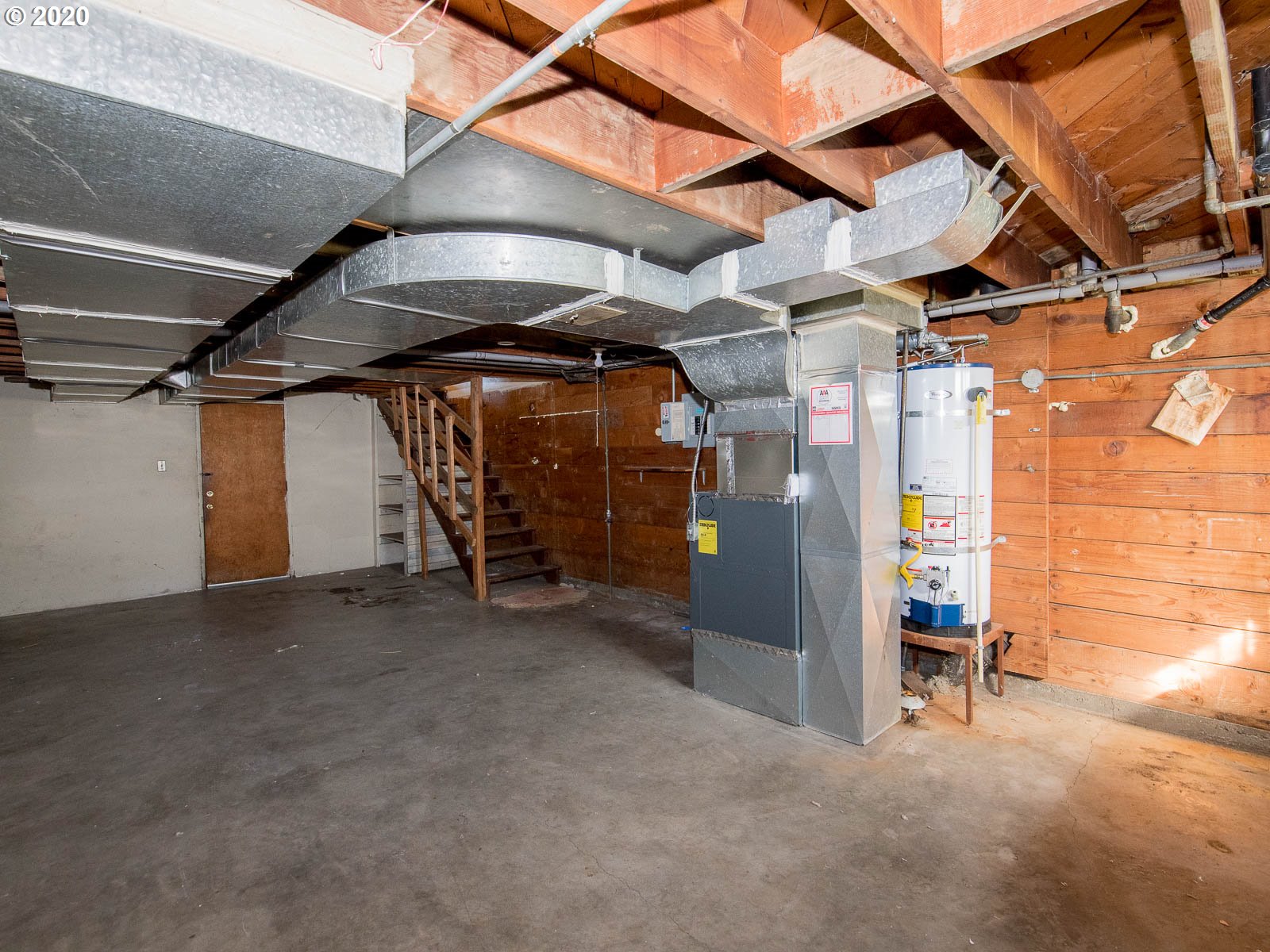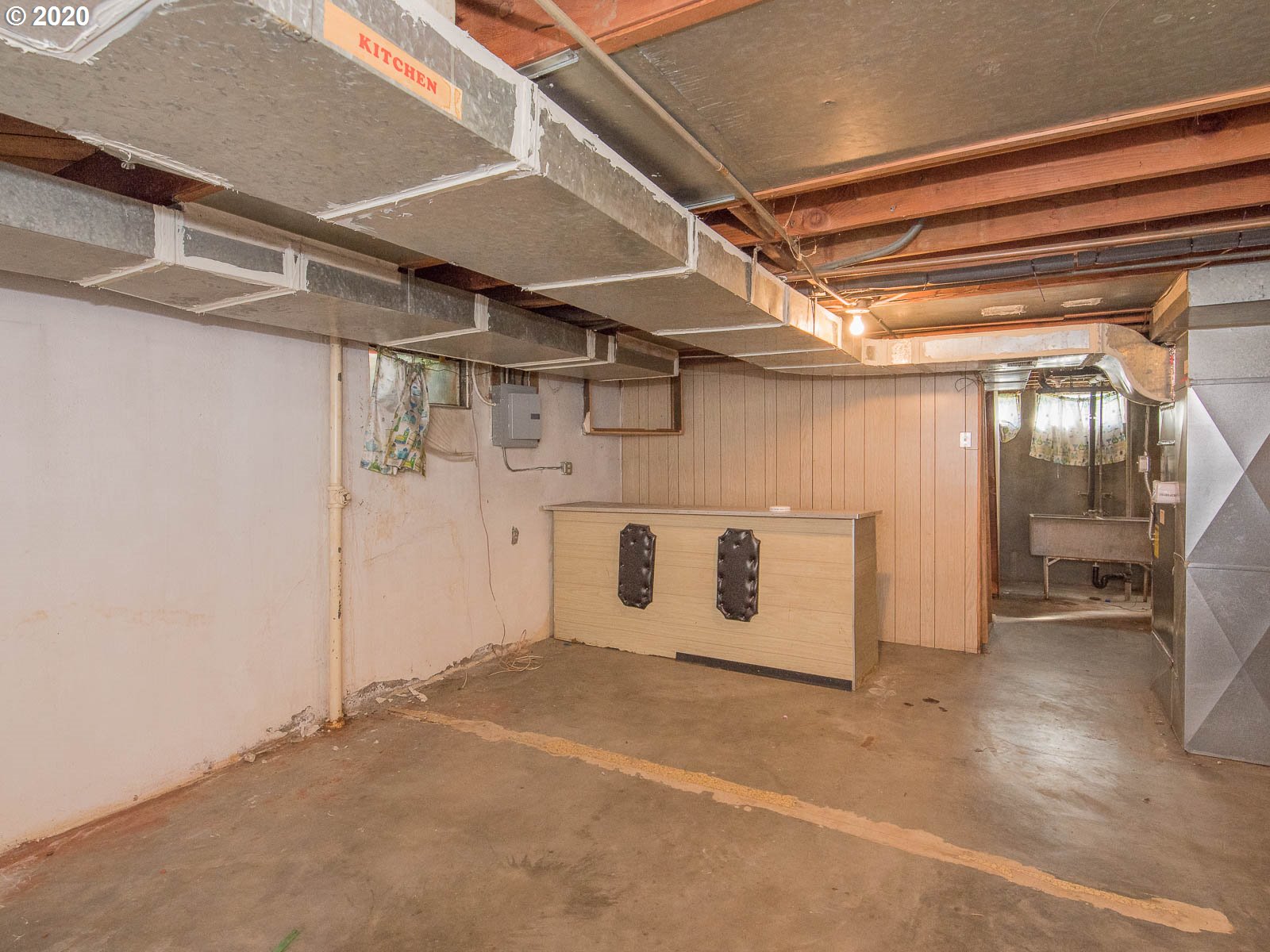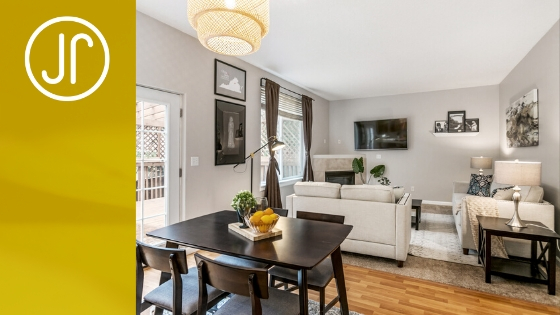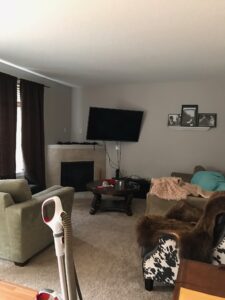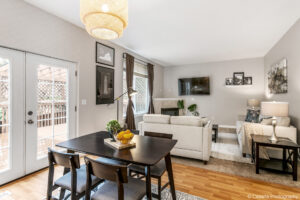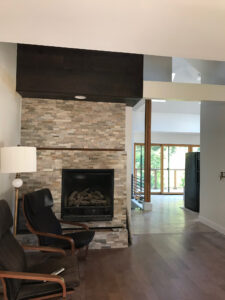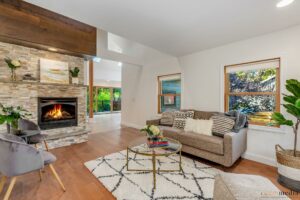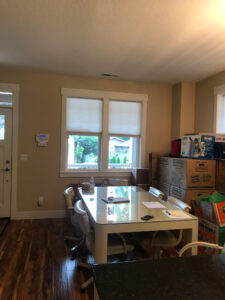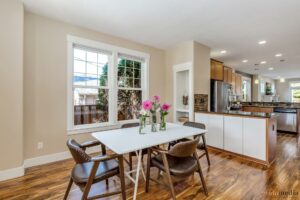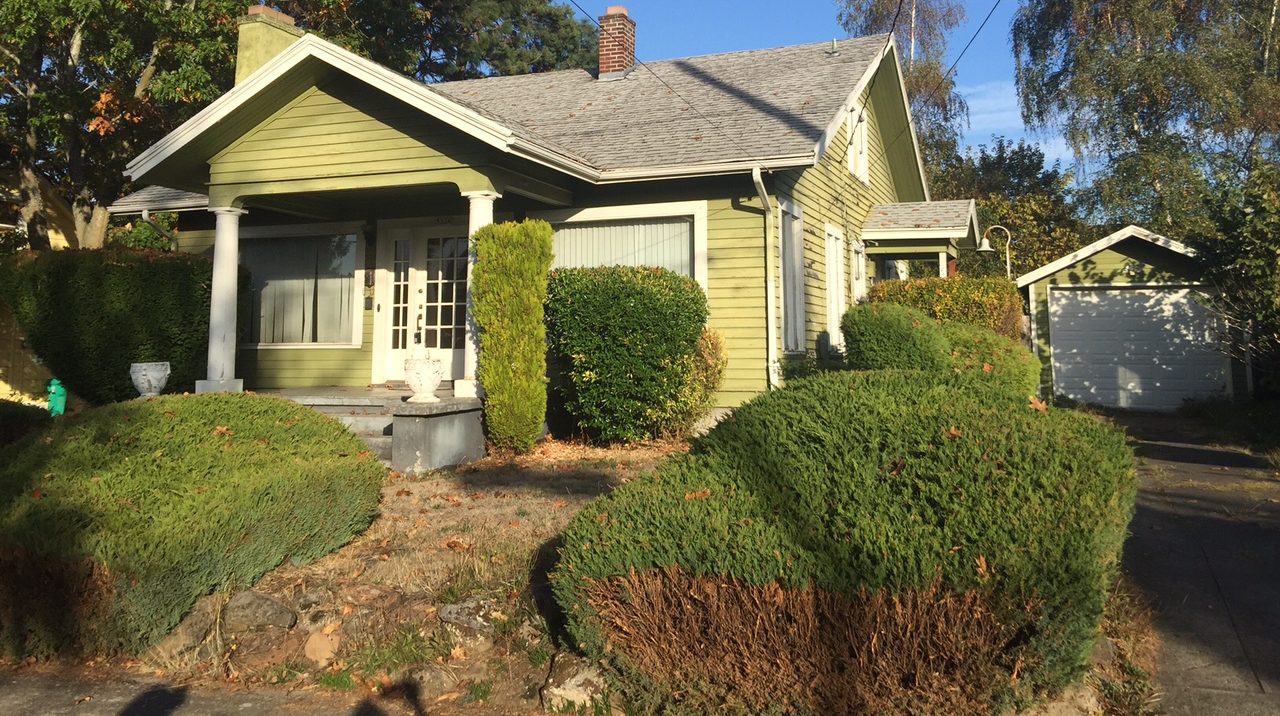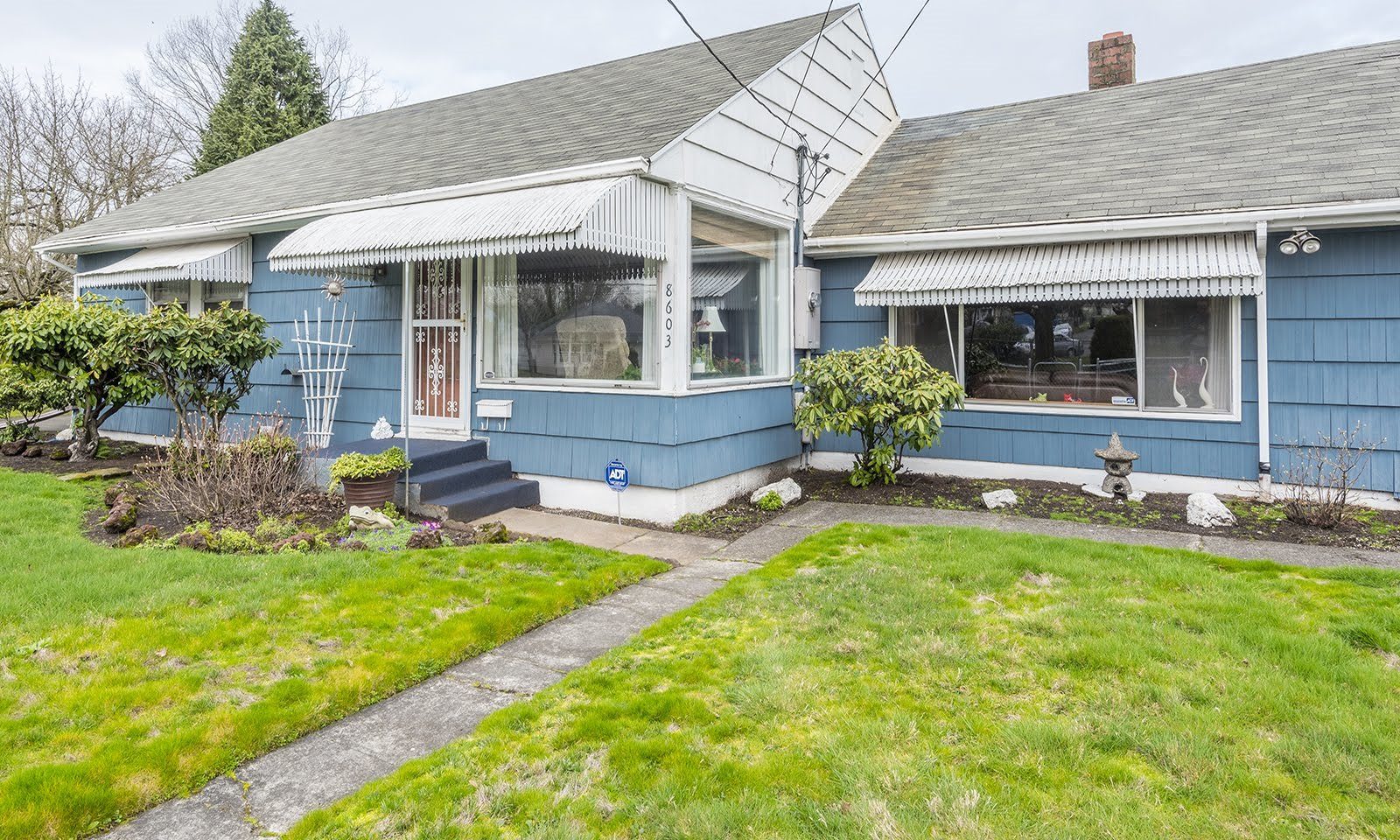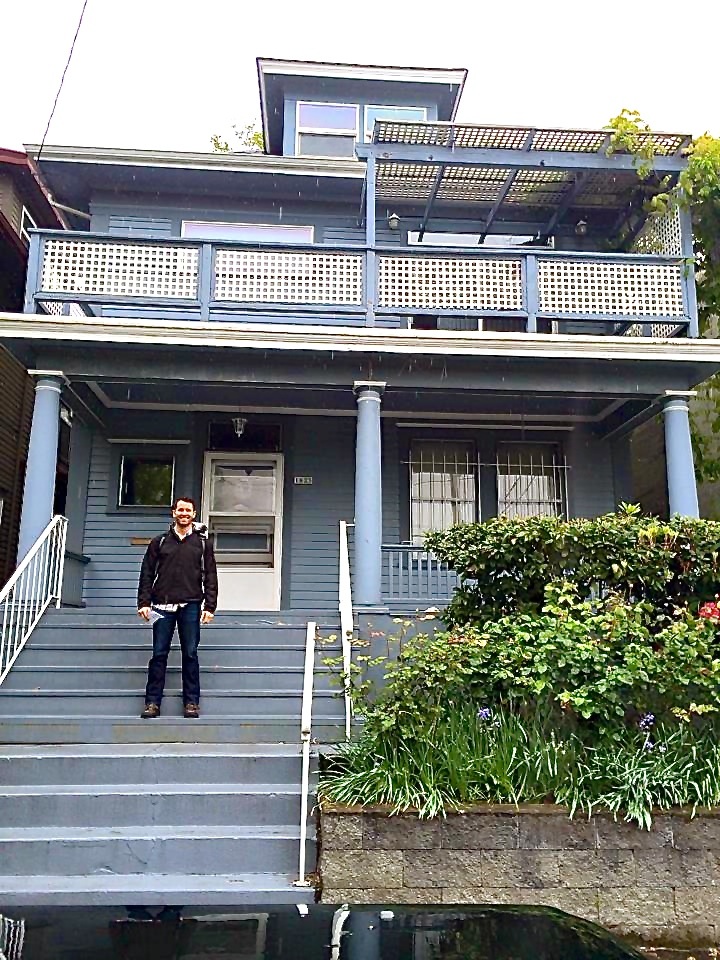In 2016, Ian Curtis, asked if I’d meet him for a cup of coffee. While we share the same last name, it turns out the only relation we have is through real estate and our interest in restoring 100 year old houses. We met at Case Study on Alberta St in NE Portland to talk about house flipping. Ian had just gotten his real estate license. He shared with me he wanted to buy and restore houses. I had been house flipping in Portland for about five years by then, so I certainly had some experience to share. And tips.
I’ve always been open to talking with people about my real estate ventures. But also what has had them go well and the pitfalls along the way. By the time I met Ian, I had had many cups of coffee with many people who had even a twinkle in their eye when watching their favorite house flipping show on HGTV. And I love that, actually. That’s usually where dreams begin in this line of work. Whether or not people go on to actually do the work and restore houses, doesn’t really matter. It’s exciting imagining, and then taking a few steps to see if its right for you.
I don’t remember everything Ian and I talked about that day, but I remember him asking thoughtful questions. I saw him as a serious, very professional, and talented, young guy. And I think I recognized an old soul, which really made me like him from the beginning. Also not bad qualities to have in this line of work.
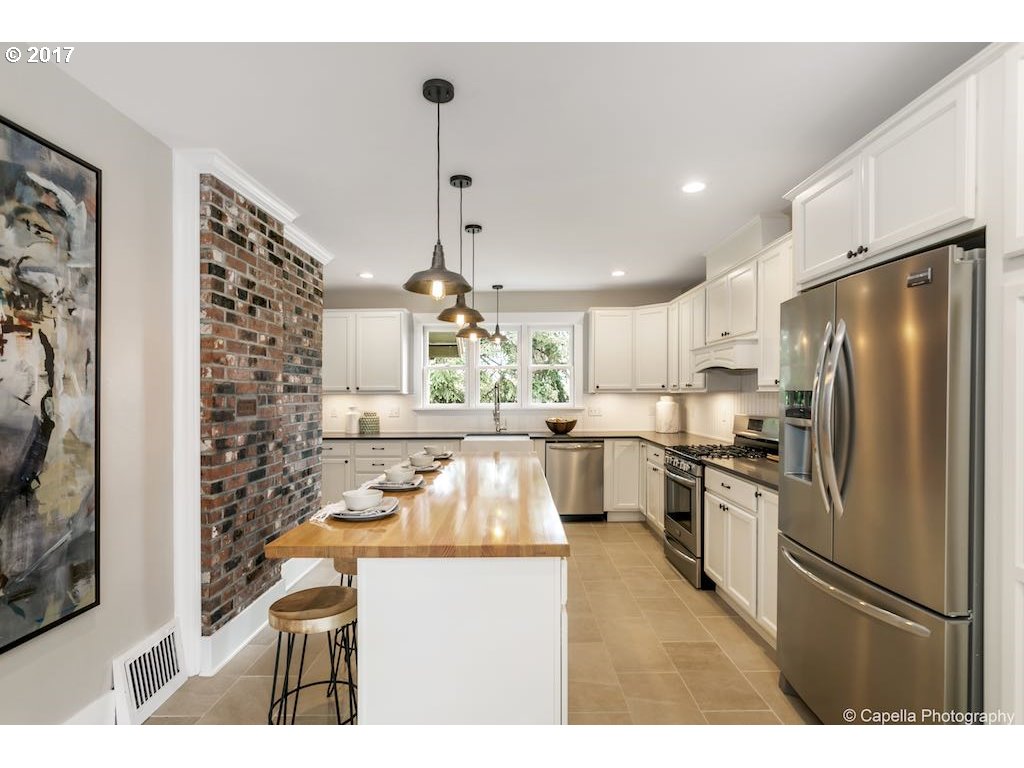
From then, Ian and his business partner, Matt Clark, went on to flip a house. I remember that first one well. It was an old farm house in North Portland on N Cecelia St. It was such a thoughtful renovation, a ton of work, and people loved the traditional farmhouse remodel style they created. When we listed it for sale, it sold within the first three days.
Now, several years later, Ian and Matt have a dynamic real estate development business, Milk & Honey Restoration. They take on complex home renovations, new construction and rentals. While I wish I could take some credit for it, they’ve really gone beyond what I’ve done. Though I do appreciate they still ask my opinion from time to time. 😀 They have their own ideas, style, and team. And I’ve been inspired not just of the work they’ve done, but the integrity they have in their work.
Their most recent remodel is at 2606 SE 16th Ave, Portland, an old Foursquare home with large garage they converted to a second living space. I asked Ian some questions about the house, and here’s what he shared
What was the inspiration for the remodel and design you chose?
Sometimes a renovation project feels like a blank slate where the original design and style is ambiguous or has been convoluted over time. Other times, such as this one, a house has such marvelous original style that staying true to that design feels like the best thing you can do for the home. Working with Pip Stevens, our local interior designer, we restored the many original archways, replicated original trimwork, and made design decisions that stayed true to the original architectural style of the home while bringing in fresh ideas and modern upgrades.
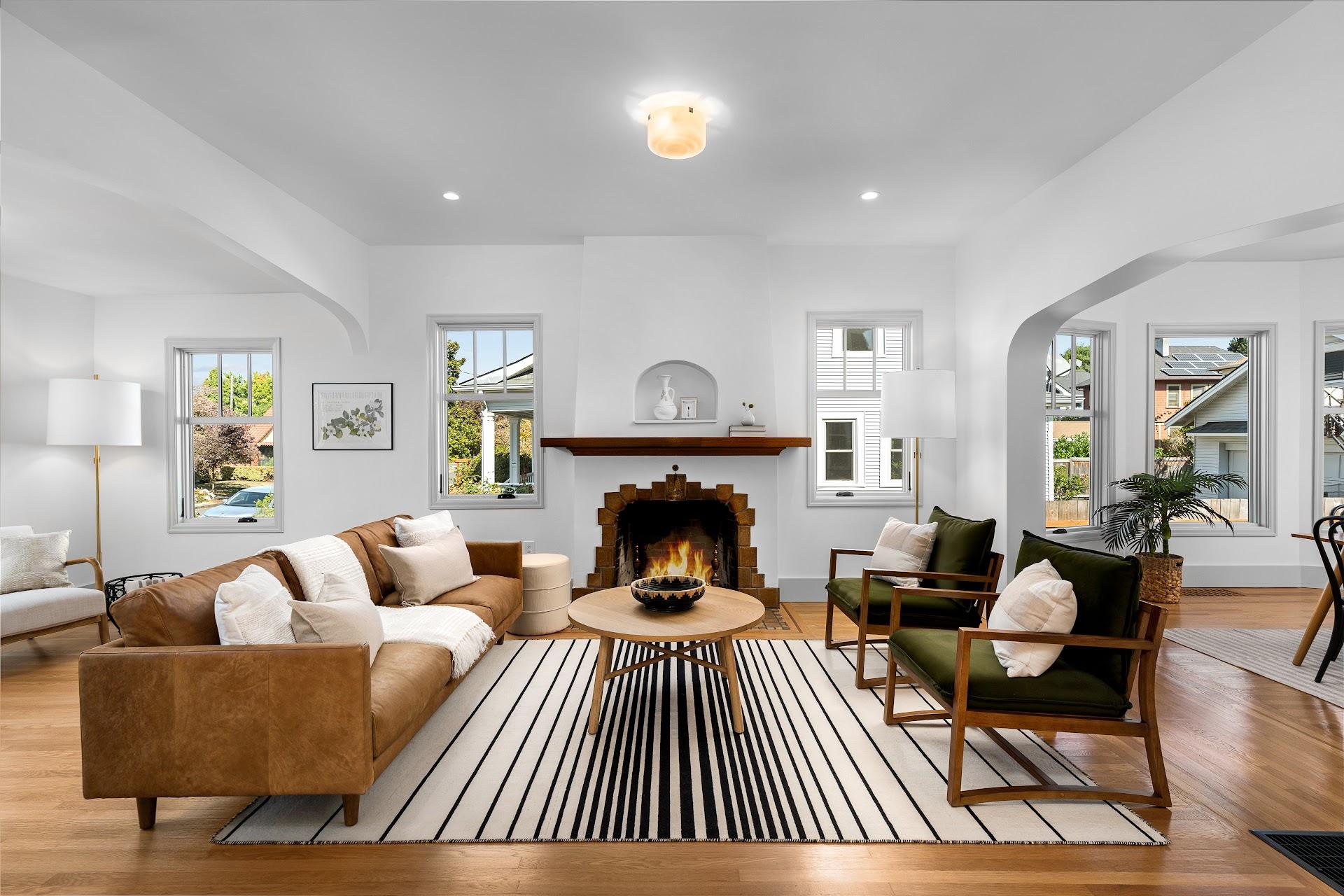
What was the most unexpected thing that popped up if anything?
One of the unexpectedly pleasant things that happened was, after opening up the walls, discovering how well built and well kept-up the home was. Some of the best “bones” we have seen in a home of this age. Probably the most unpleasant (though maybe not so unexpected) thing that happened was the delay in manufacturing times. The pandemic supply chain issues are still affecting all sorts of products and it is hard to keep track of what products will have delays. For the last project, garage doors were extremely delayed. For this project, our windows took at least two months longer than usual to get back from the manufacturer, causing a pretty big delay in the project.
Did this turn out how you expected, or did you make any big changes along the way?
When we started the project we hadn’t decided how to finish the garage. The extra large garage with a kitchen sink and upstairs loft was once apparently used by one of the early owners, an Italian vegetable farmer or merchant, to wash his vegetables before selling them at a market. After some due diligence and deliberation we decided the best use of the space was to create a 1 bedroom / 1 bathroom legal ADU while retaining a single car garage space. The ADU can be used as a short or long term rental. The close-in, desirable location surely lends itself to, or however the next owner sees fit.
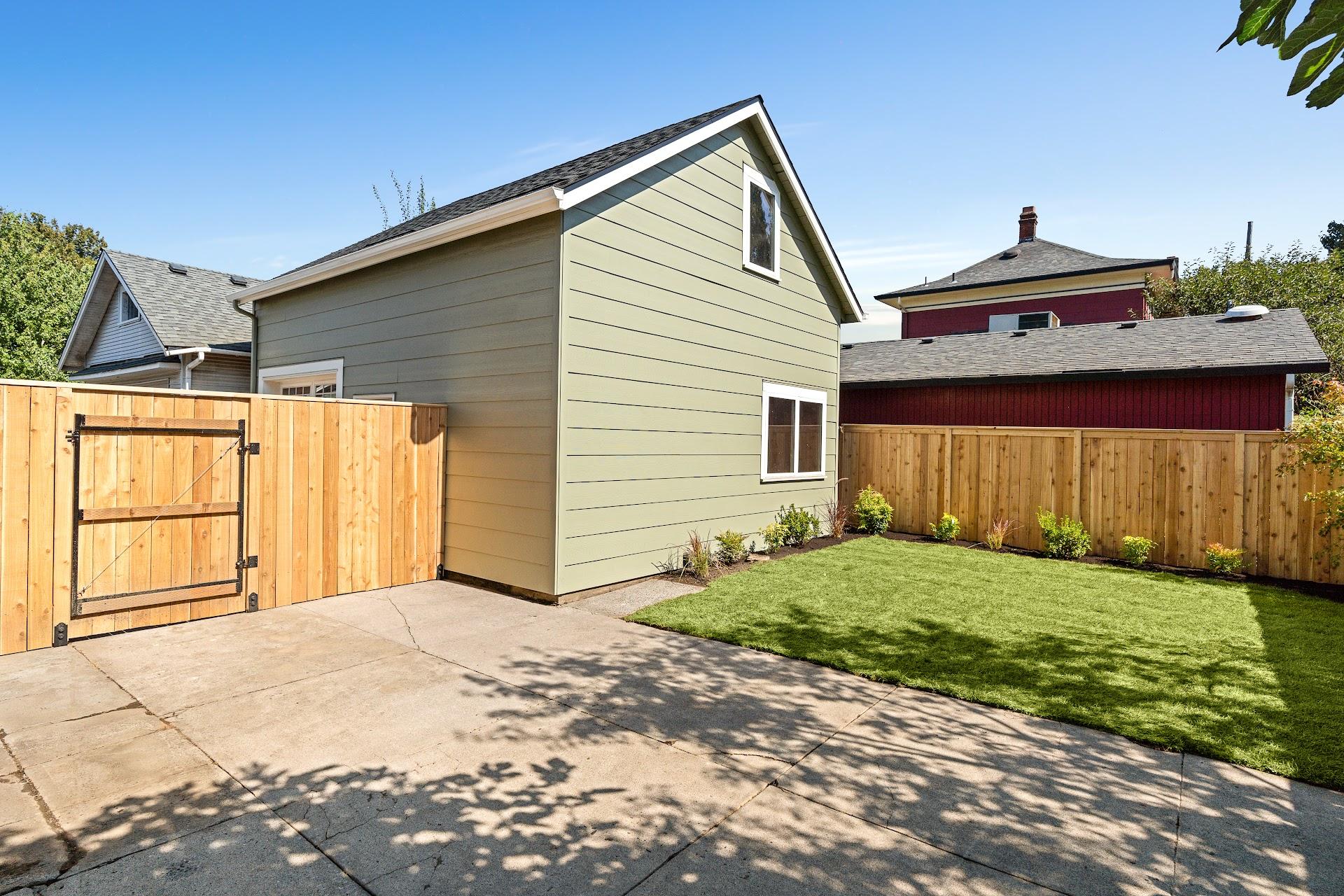
Ian and Matt provide an exceptional level of detail in their work. When you walk through this house, you want to sit down and stay for a while. But it doesn’t just look pretty. When you discover the new guts of the house: energy efficient casement windows, roof, extensive electrical, plumbing and efficient heating and cooling updates, you want to move right in.
I had the opportunity to share this house and and before and after photos of the house on KATU’s Afternoon Live. To see the short interview and photos, check it out here

For those with that twinkle in their eye after watching their favorite HGTV show, check out my house flipping tips. Now let’s get some coffee.
